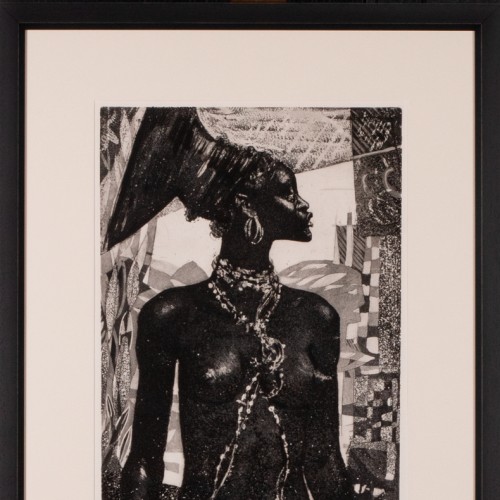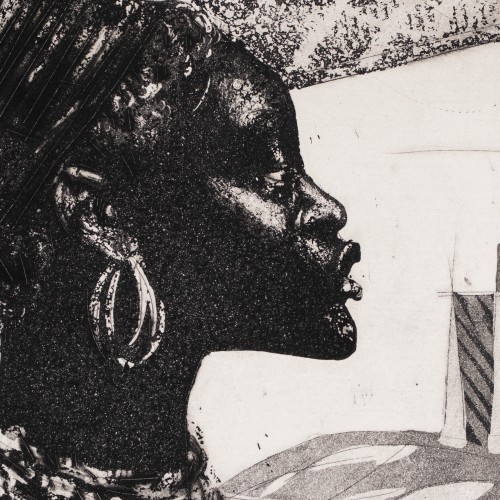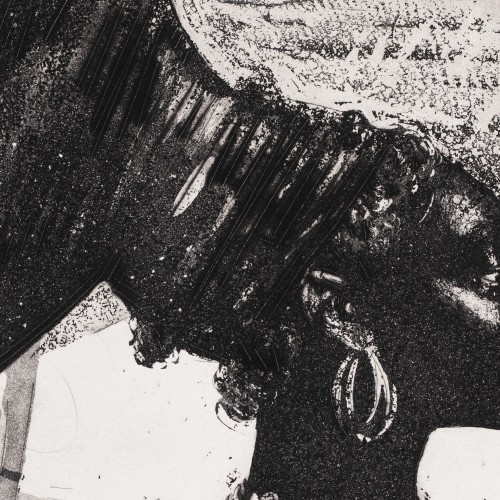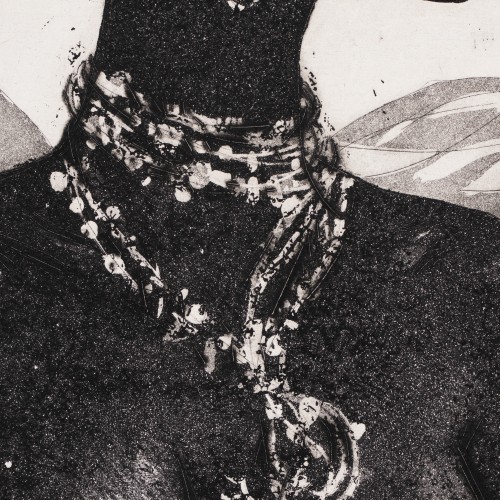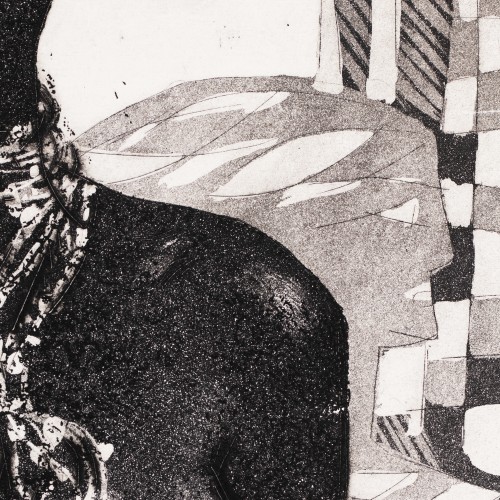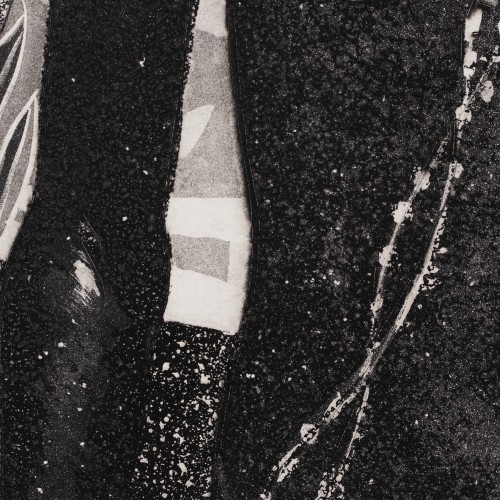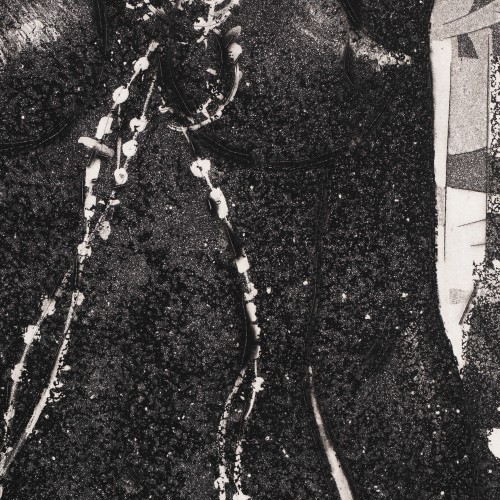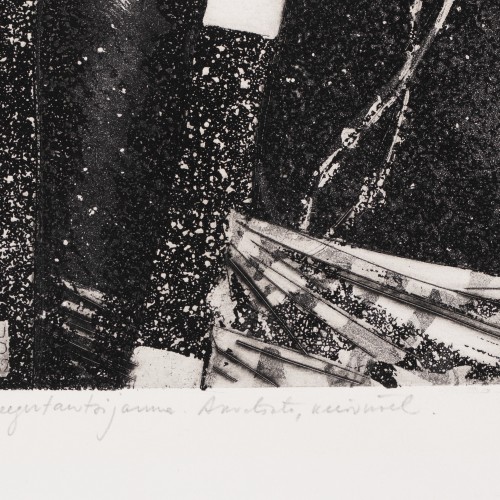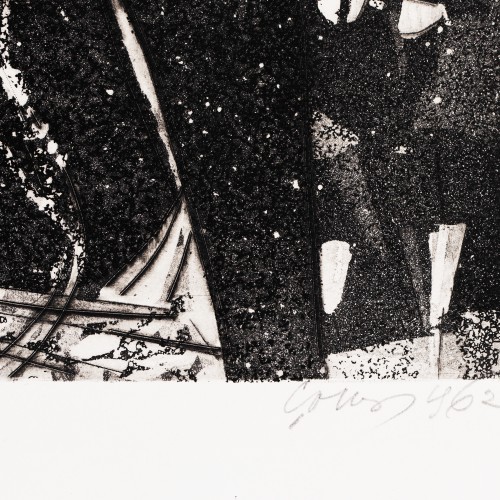Evald Okas
(1915–2011)
Original title: Black Female Dancer. 1962
Drypoint, aquatint. Plm 49.3 x 31.5 cm (framed)
price 3 800

Evald Okas, as an academician of the Academy of Arts of the Soviet Union, a member of the Supreme Council of the Estonian SSR in 1963-1971 and a member of the Supreme Council of the USSR in 1974-1983, throughout his life represented the ideology of friendship between nations, which was a very positive theme for him. Also in this very characteristic work, the dancer is depicted with great sympathy. An act is an act - just as Evald Okas depicted domestic Estonian women as naked and without mentioning the person's name in the title of the work, so the dancer here is also depicted as nude and without mentioning the person's name. For the artist, the rules of the game have been equal for everyone.
In 2021, a strong controversy erupted in Estonia in connection with the KUMU Art Museum's exhibition "Aesthetics of Differences / Rendering Race", which was curated by American art scholar Bart Pushaw, who is fluent in Estonian and has written a doctoral thesis on Estonian and Baltic art history. At the mentioned exhibition, based on post-colonial cultural theory, he asked many questions as a curator about the depiction of non-local people by Estonian artists in the early 20th century. The problem was primarily the naming of nationalities and races and not mentioning the name of a specific person depicted in the title of the works, as well as the politics of depiction. Here's a 16 minute video of the tour led by Bart Pushaw: https://www.youtube.com/watch?v=Sq--EeW-s3k
So what to do with an international word that suddenly became dangerous in today's globalized world, which Evald Okas used in the title of a graphic page in 1962 and which is recorded in museum collections and books and which we have not seen a problem with until now, because there was simply no problem? Should we change the title of the paper? HAUS gallery does not have the institutional right to change the titles of the works, analogously to KUMU. Are we censoring ourselves and preventing relevant works from being auctioned for the sake of political correctness? There may not be a problem with this word even now, but the ball has been thrown in the air. Should we, as experts, invite to the auction the relevant persons who are seen in such abundance on the streets of Tallinn for the first time in world history, to find out how this word feels to one or the other? And what to do if it turns out that they don't feel offended at all?
There are so many questions, but it is not only about Estonia, but more broadly about the lands and cultures of Eastern Europe, which is not currently clear.
In 2021, a strong controversy erupted in Estonia in connection with the KUMU Art Museum's exhibition "Aesthetics of Differences / Rendering Race", which was curated by American art scholar Bart Pushaw, who is fluent in Estonian and has written a doctoral thesis on Estonian and Baltic art history. At the mentioned exhibition, based on post-colonial cultural theory, he asked many questions as a curator about the depiction of non-local people by Estonian artists in the early 20th century. The problem was primarily the naming of nationalities and races and not mentioning the name of a specific person depicted in the title of the works, as well as the politics of depiction. Here's a 16 minute video of the tour led by Bart Pushaw: https://www.youtube.com/watch?v=Sq--EeW-s3k
So what to do with an international word that suddenly became dangerous in today's globalized world, which Evald Okas used in the title of a graphic page in 1962 and which is recorded in museum collections and books and which we have not seen a problem with until now, because there was simply no problem? Should we change the title of the paper? HAUS gallery does not have the institutional right to change the titles of the works, analogously to KUMU. Are we censoring ourselves and preventing relevant works from being auctioned for the sake of political correctness? There may not be a problem with this word even now, but the ball has been thrown in the air. Should we, as experts, invite to the auction the relevant persons who are seen in such abundance on the streets of Tallinn for the first time in world history, to find out how this word feels to one or the other? And what to do if it turns out that they don't feel offended at all?
There are so many questions, but it is not only about Estonia, but more broadly about the lands and cultures of Eastern Europe, which is not currently clear.
Booking and purchase
Appearance in auctions

Awake
1966. Eau forte, aquatint Plm 21.7 x 36.7 cm (framed)
ESTONIAN GRAPHICS Haus Gallery 06.11.2024
1 300
Final price:

Tallinn Town Hall
1971. Aquatint Plm 64 x 49.5 cm (framed)
ESTONIAN GRAPHICS Haus Gallery 06.11.2024
2 400
Final price:

City X
1984. Lithography Km 44.3 x 64.7 cm (framed)
ESTONIAN GRAPHICS Haus Gallery 06.11.2024
2 400
Final price:

Storm
1959. Litography Km 59 x 80 cm (framed)
ESTONIAN GRAPHICS Haus Gallery 06.11.2024
2 600
Final price:

Spanish Woman
1959. Vernis mou Plm 15 x 19.8 cm (framed)
ESTONIAN GRAPHICS Haus Gallery 06.11.2024
1 500
Final price:
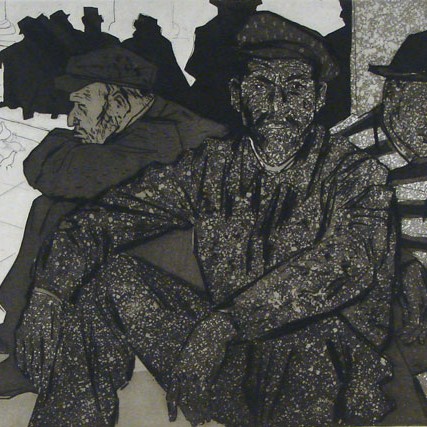
Unemployed
1961. Drypoint, aquatint Plm 32.2 x 35.5 cm (framed)
ESTONIAN GRAPHICS Haus Gallery 06.11.2024
1 800
Final price:

Women VII
1989. Lithoghaph Km 48 x 70 cm (framed)
ESTONIAN GRAPHICS Haus Gallery 06.11.2024
2 800
Final price:

Models I
1999. Mixed media, paper Lm 99 x 72 cm (framed)
ESTONIAN ART CLASSICS, PART II Haus Gallery 03.11.2024
5 500
Final price:

Various Flowers
1999. Oil, cardboard 81.5 x 63 cm (framed)
ESTONIAN ART CLASSICS, PART II Haus Gallery 03.11.2024
7 200
Final price:

Yellow Flowers
1944. Oil, plywood 46.5 x 46.3 cm (framed)
ESTONIAN ART CLASSICS, I PART Haus Gallery 02.11.2024
4 900
Final price:

Thoughtful Nude
1991. Oil, canvas 19 x 33 cm (framed)
ESTONIAN ART CLASSICS, I PART Haus Gallery 02.11.2024
3 100
Final price:
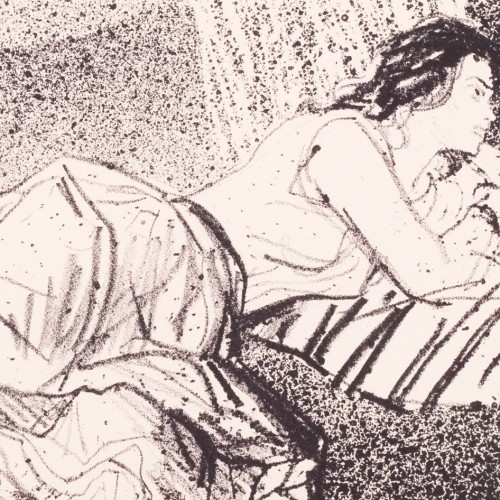
Virginia
1958. Autolithograph Km 12.5 x 19.5 cm (framed)
ESTONIAN GRAPHICS AUCTION - 8th of May Haus Gallery 08.05.2024
1 100
Final price:
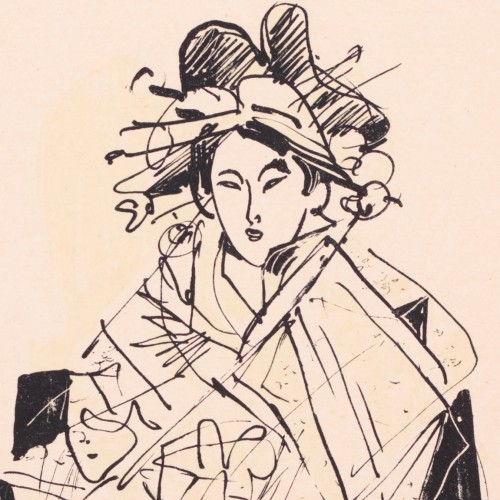
Japanese Woman
1965. Lithography Vm 17.5 x 13 cm (framed)
ESTONIAN GRAPHICS AUCTION - 8th of May Haus Gallery 08.05.2024
1 200
Final price: 2 500
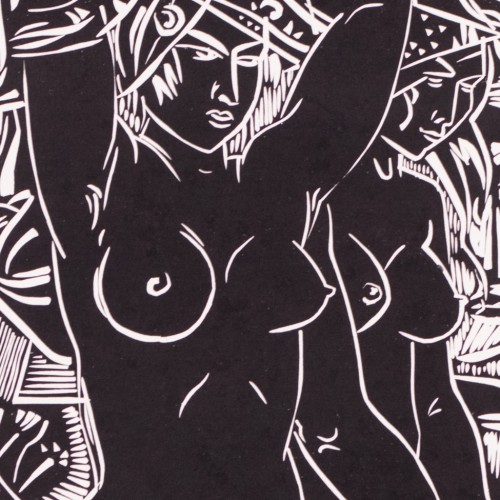
Figures
1971. Linocut Km 32.7 x 21.4 cm (framed)
ESTONIAN GRAPHICS AUCTION - 8th of May Haus Gallery 08.05.2024
1 800
Final price:
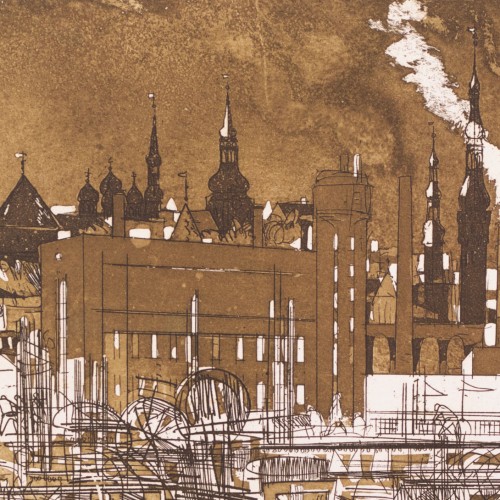
Chimneys and Towers
1974. Aquatint Plm 19.5 x 31 cm (framed)
ESTONIAN GRAPHICS AUCTION - 8th of May Haus Gallery 08.05.2024
1 400
Final price:
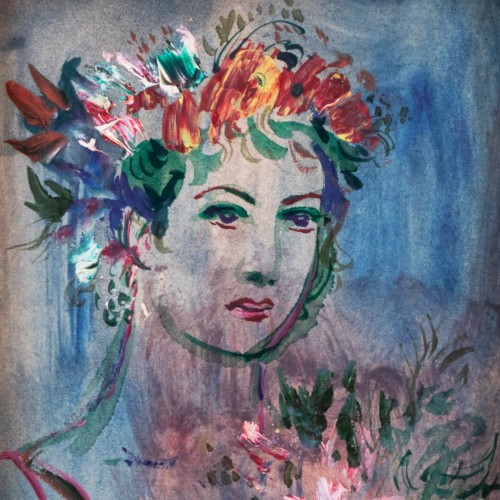
Flower Girl
1996. Oil, cardboard 22 x 15.6 cm (framed)
ESTONIAN ART CLASSICS AUCTION: Haus Gallery 05.05.2024
1 900
Final price: 2 000
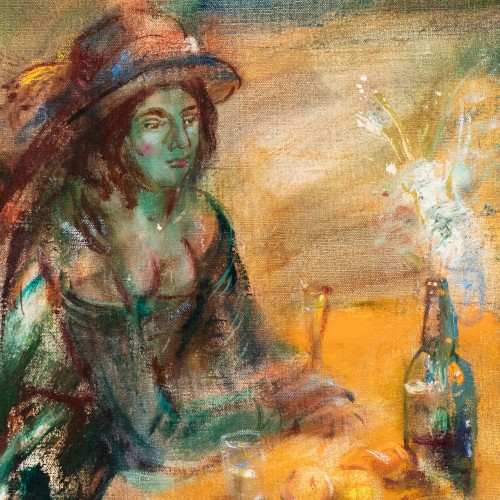
Alone
1997. Oil, canvas 38 x 46 cm (framed)
ESTONIAN ART CLASSICS AUCTION: Haus Gallery 05.05.2024
5 900
Final price: 5 900
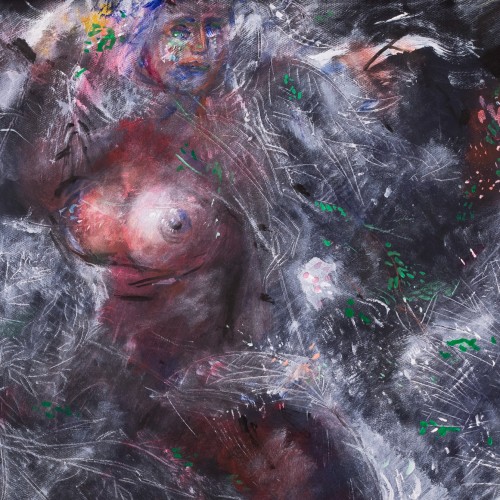
Unhappy Bride
2007. Oil, cardboard 70 x 55 cm (framed)
ESTONIAN ART CLASSICS AUCTION: Haus Gallery 05.05.2024
14 000
Final price:
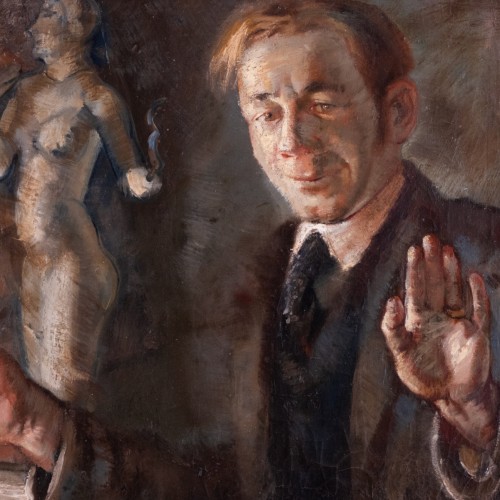
Portrait of the Poet Sass Viigisalu
1939. Oil, canvas 52.5 x 69.5 cm (framed)
ESTONIAN ART CLASSICS AUCTION: Haus Gallery 04.05.2024
4 600
Final price: 5 300
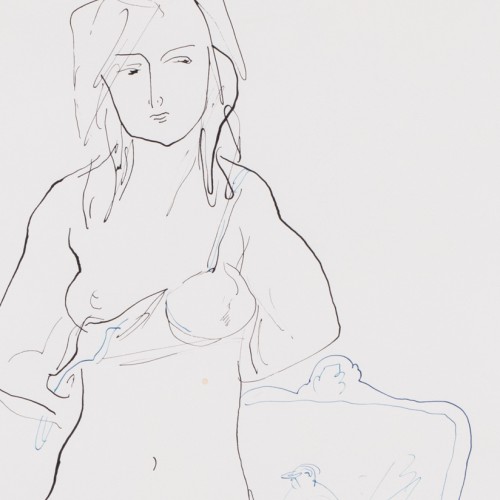
Standing Nude with a Chair
1974. Ink, pen, paper Lm 64 x 40.3 cm (framed)
ESTONIAN GRAPHICS AUCTION Haus Gallery 08.11.2023
2 400
Final price:
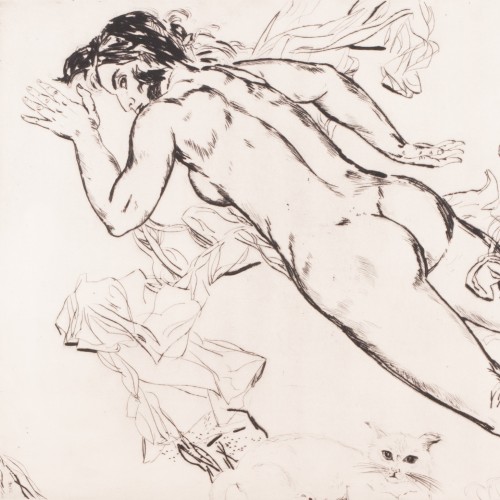
Woman with a White Cat
1983. Drypoint Plm 49 x 65 cm (framed)
ESTONIAN GRAPHICS AUCTION Haus Gallery 08.11.2023
1 900
Final price:
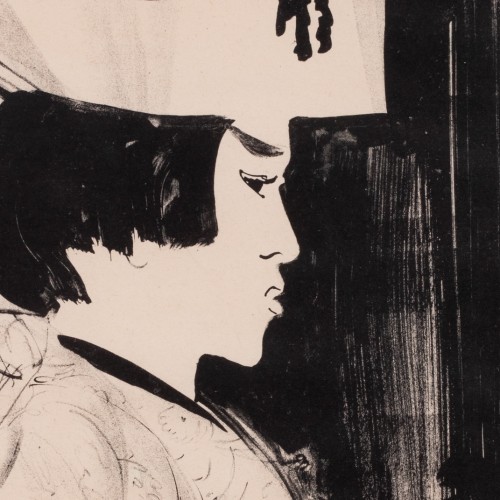
Japanese Bride
1964. Autolitho Km 26 x 20.4 cm (framed)
ESTONIAN GRAPHICS AUCTION Haus Gallery 08.11.2023
2 400
Final price: 3 200
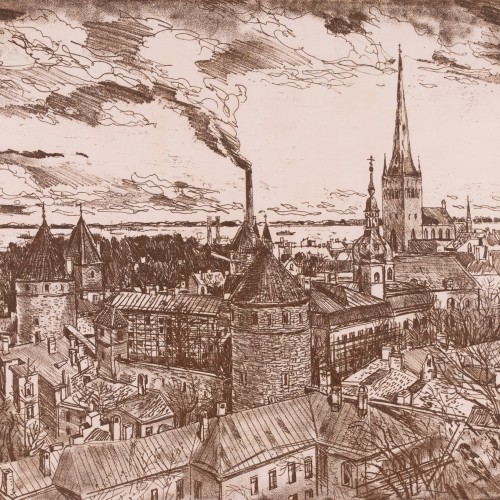
Tallinn
1981. Vernis mou Km 49.8 x 58.5 cm (framed)
ESTONIAN GRAPHICS AUCTION Haus Gallery 08.11.2023
1 600
Final price:
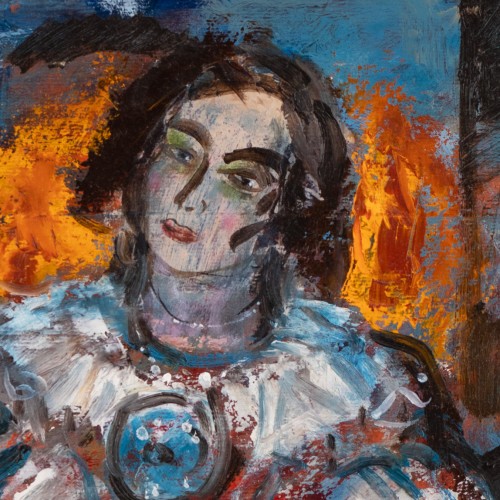
Actress
1991. Oil, cardboard 40 x 30 cm (framed)
ESTONIAN ART CLASSICS AUCTION: MODERN RHYTHMS Haus Gallery 05.11.2023
6 900
Final price: 6 900
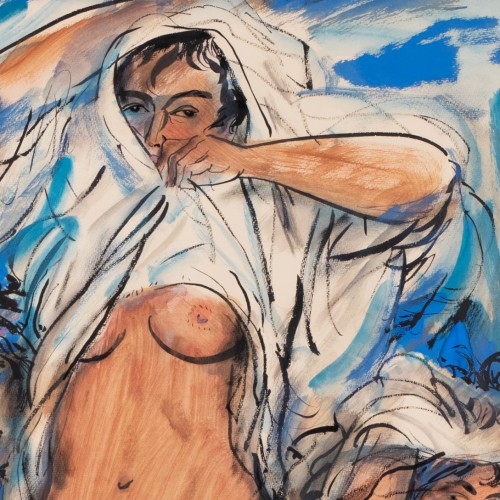
Clothing Women
1993. Ink, gouache, paper Lm 102 x 73 cm (framed)
ESTONIAN ART CLASSICS AUCTION: MODERN RHYTHMS Haus Gallery 05.11.2023
5 800
Final price: 18 000
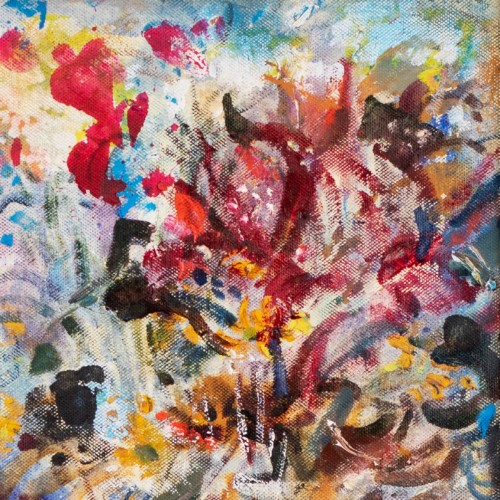
Flowers
2005. Oil, acrylic, masonite 54.3 x 42.5 cm (framed)
ESTONIAN ART CLASSICS AUCTION: MODERN RHYTHMS Haus Gallery 05.11.2023
4 300
Final price: 6 300
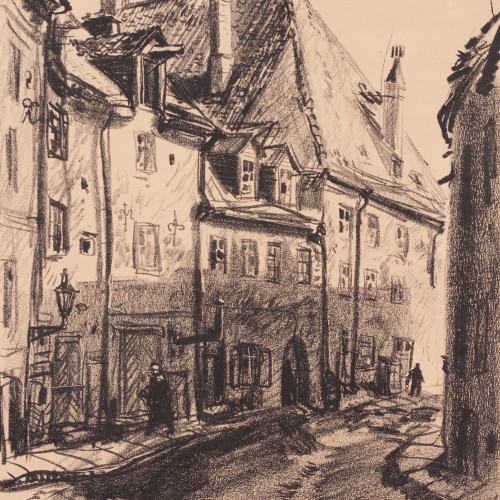
Pühavaimu (Säde St)
1946. Autolitho Vm 43 x 34 cm (framed)
AUCTION OF ESTONIAN GRAPHICS AND DRAWINGS Haus Gallery 10.05.2023
1 300
Final price: 1 300
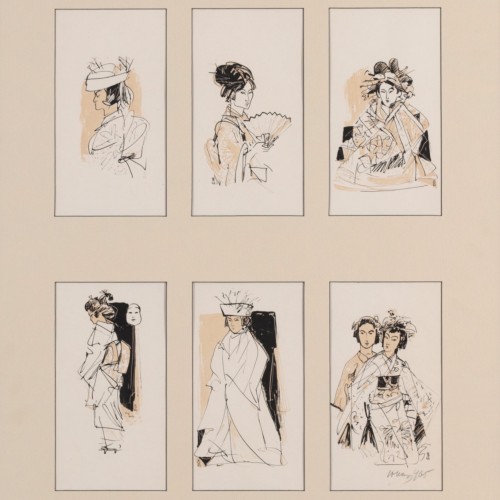
Japanese Women
1965. 6 lithographies 65 x 54.3 cm (framed)
AUCTION OF ESTONIAN GRAPHICS AND DRAWINGS Haus Gallery 10.05.2023
6 600
Final price: 12 700
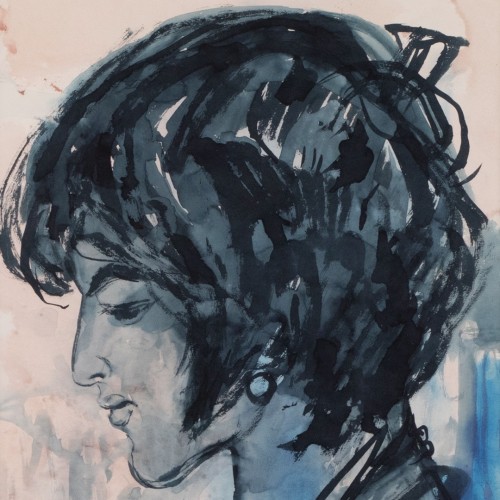
Roman Woman
1966. Watercolor, mixed media Vm 58.7 x 31.8 cm (framed)
AUCTION OF ESTONIAN GRAPHICS AND DRAWINGS Haus Gallery 10.05.2023
5 100
Final price: 5 100
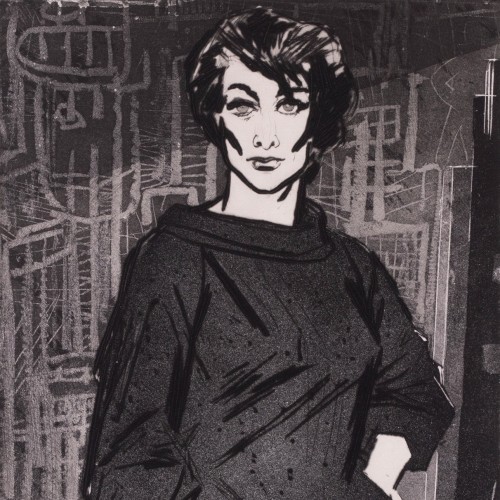
Woman Artist
1962. Drypoint, aquatint Plm 49.5 x 31.7 cm (framed)
AUCTION OF ESTONIAN GRAPHICS AND DRAWINGS Haus Gallery 10.05.2023
4 200
Final price: 5 900
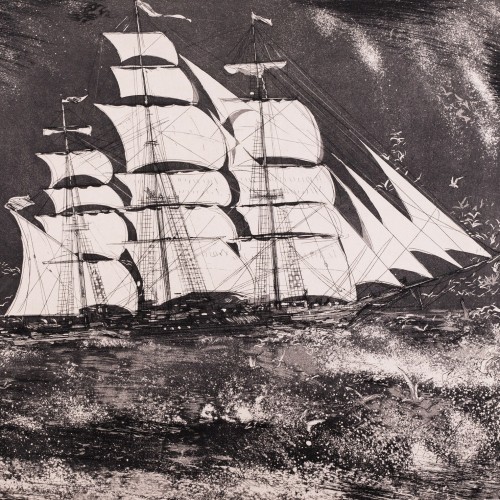
Sailboats
1976. Eau forte, aquatint Plm 49 x 64.5 cm (framed)
AUCTION OF ESTONIAN GRAPHICS AND DRAWINGS Haus Gallery 10.05.2023
1 400
Final price: 1 400
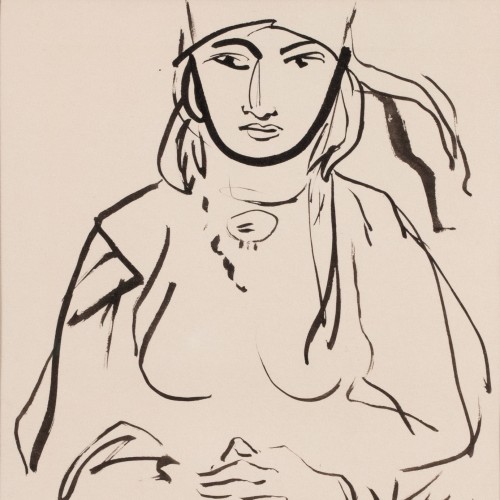
Estonian Girl
1967. Ink, paper Vm 19.5 x 13.5 cm (framed)
AUCTION OF ESTONIAN GRAPHICS AND DRAWINGS Haus Gallery 10.05.2023
900
Final price:
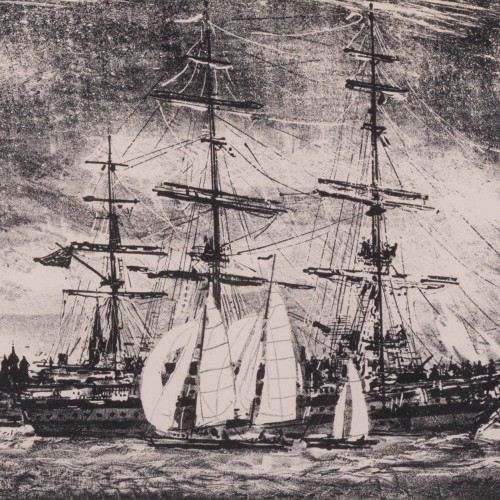
Ships on the Tallinn Skyline Background
1985. Lithography Km 23 x 35 cm (framed)
AUCTION OF ESTONIAN GRAPHICS AND DRAWINGS Haus Gallery 10.05.2023
900
Final price: 900
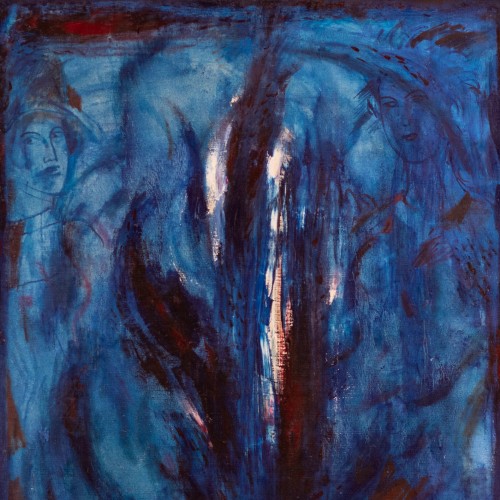
Blue
1986. Oil, canvas 81 x 100 cm (framed)
ESTONIAN ART AUCTION - 1966 TO PRESENT Haus Gallery 07.05.2023
14 000
Final price: 14 000
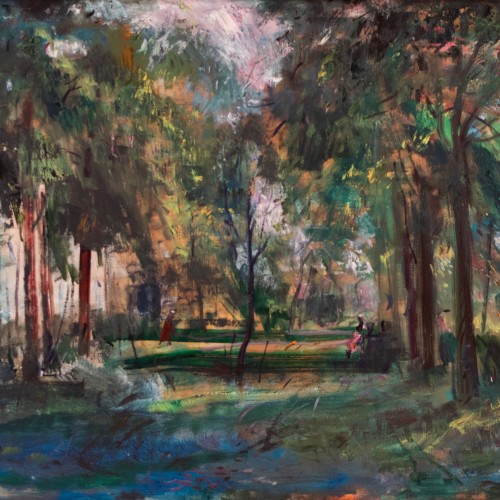
Park in Helsinki
1991. Oil, canvas 65 x 100 cm (framed)
ESTONIAN ART AUCTION - 1966 TO PRESENT Haus Gallery 07.05.2023
11 000
Final price: 41 500
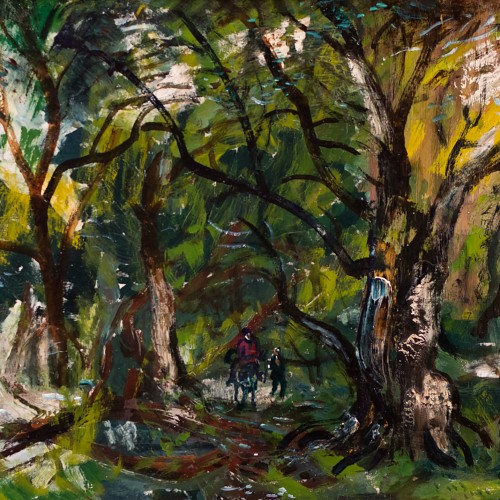
Italian Landscape
1994. Oil, cardboard 35 x 50 cm (framed)
ESTONIAN ART AUCTION - 1966 TO PRESENT Haus Gallery 07.05.2023
4 900
Final price: 6 900
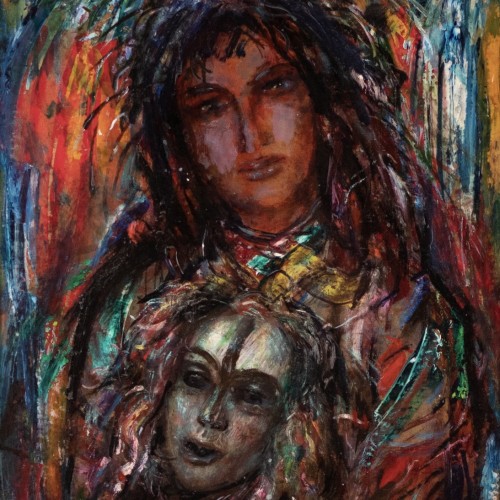
With a Mask
1998. Oil, cardboard 85 x 47 cm (framed)
ESTONIAN ART AUCTION - 1966 TO PRESENT Haus Gallery 07.05.2023
11 000
Final price: 13 500
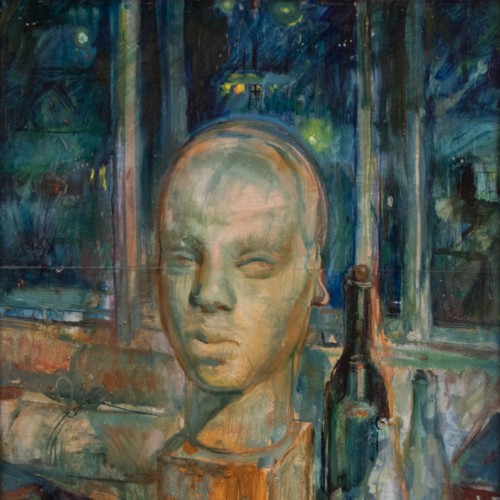
Still Life on a Window Sill
1940. Oil, plywood 60 x 48 cm (framed)
ESTONIAN ART AUCTION - MID-19TH CENTURY TO 1965 Haus Gallery 06.05.2023
7 700
Final price: 13 600
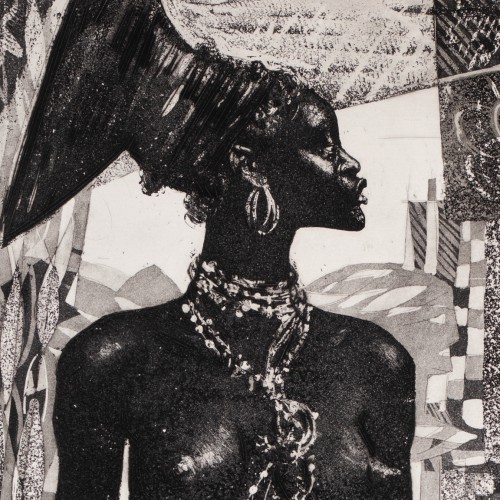
Original title: Black Female Dancer
1962. Drypoint, aquatint Plm 49.3 x 31.5 cm (framed)
GRAPHIC ART CLASSICS Haus Gallery 03.11.2022
1 700
Final price: 3 800
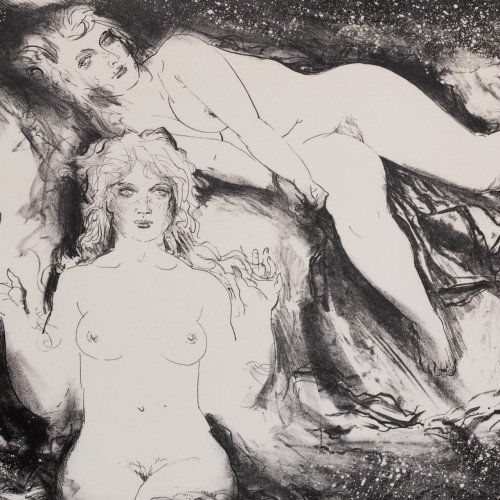
Women VI
1989. Lithography Km 47.5 x 69.5 cm (framed)
GRAPHIC ART CLASSICS Haus Gallery 03.11.2022
1 400
Final price: 1 600
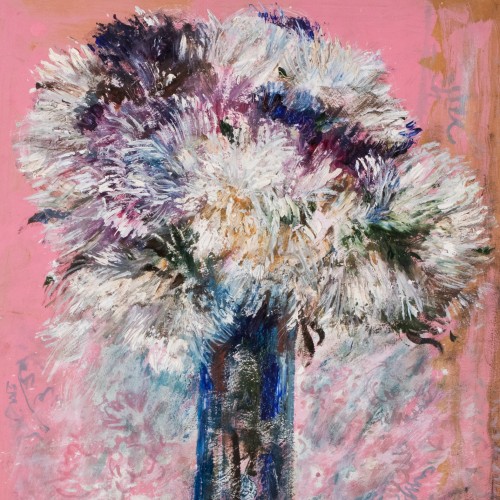
White Flowers
2002. Oil, cardboard 65.5 x 52.7 cm (framed)
CONTEMPORARY ART CLASSICS Haus Gallery 30.10.2022
3 400
Final price: 4 200
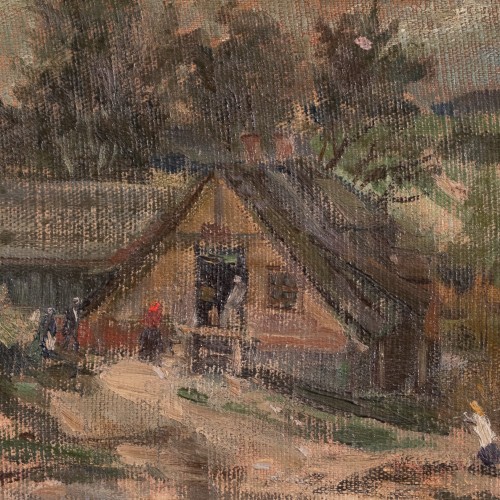
View of Linnaveski, Karksi
1956. Oil, canvas 18.3 x 27 cm (framed)
EARLIER ART CLASSICS Haus Gallery 29.10.2022
1 500
Final price: 4 600
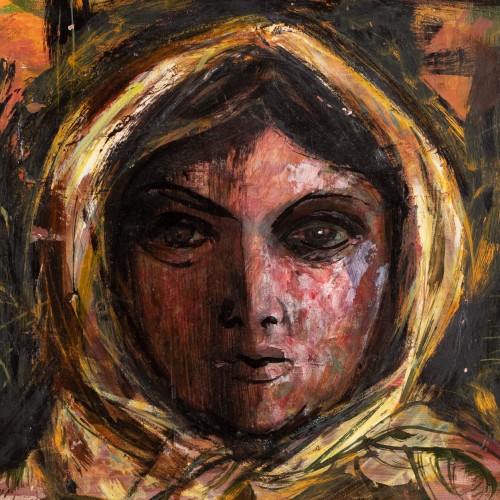
Girl with a Scarf
1967. Oil, cardboard 32.7 x 47.8 cm (framed)
EARLIER ART CLASSICS Haus Gallery 29.10.2022
1 800
Final price: 5 600
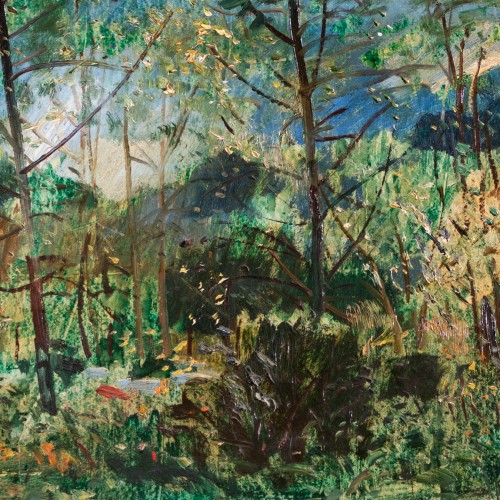
Spring
1988. Oil, cardboard 50 x 71 cm (framed)
EARLIER ART CLASSICS Haus Gallery 29.10.2022
3 100
Final price: 9 500
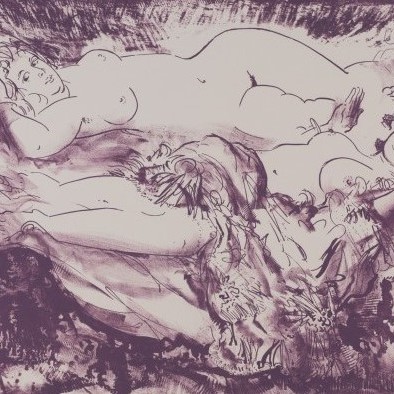
Women V
1989. Lithography Km 48.2 x 70.5 cm (framed)
GRAPHICS AND DRAWINGS - Monday, May 16th 18:00 Haus Gallery 16.05.2022
2 700
Final price:
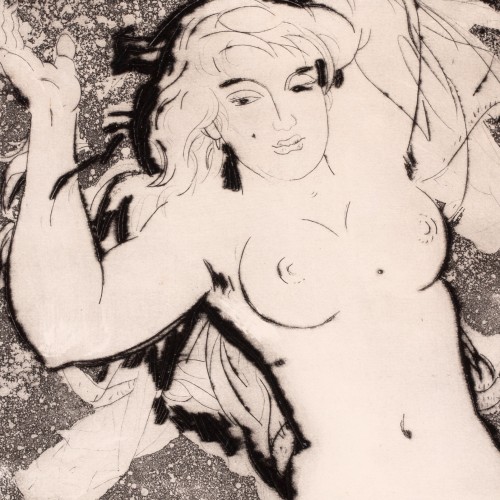
Liisa
1988. Eau forte, aquatint Km 19 x 19.2 cm (framed)
GRAPHICS AND DRAWINGS - Monday, May 16th 18:00 Haus Gallery 16.05.2022
1 000
Final price:
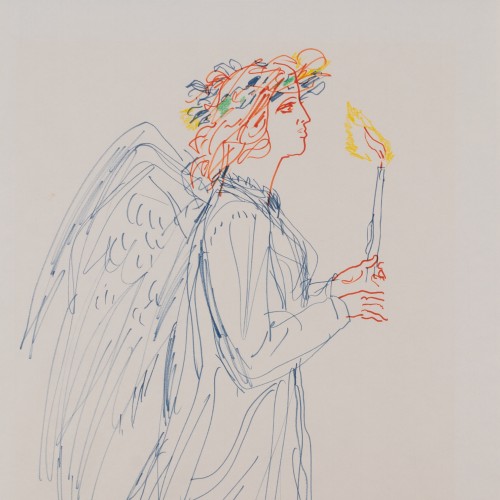
Angel With A Candle
1989. Colored pencil, felt tip pen, paper Vm 52.7 x 38.8 cm (framed)
GRAPHICS AND DRAWINGS - Monday, May 16th 18:00 Haus Gallery 16.05.2022
2 400
Final price:
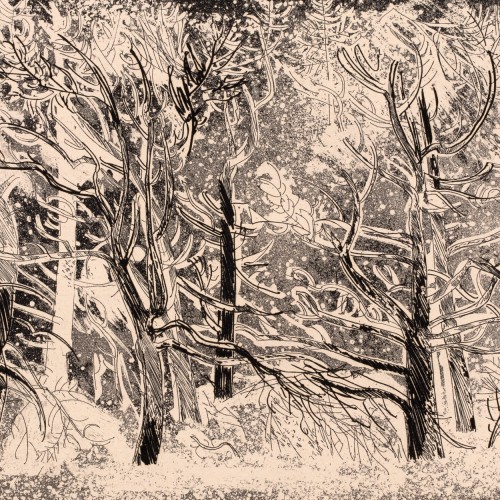
Snowy Forest
1969. Eau forte Plm 18.3 x 27.5 cm (framed)
GRAPHICS AND DRAWINGS - Monday, May 16th 18:00 Haus Gallery 16.05.2022
600
Final price: 600
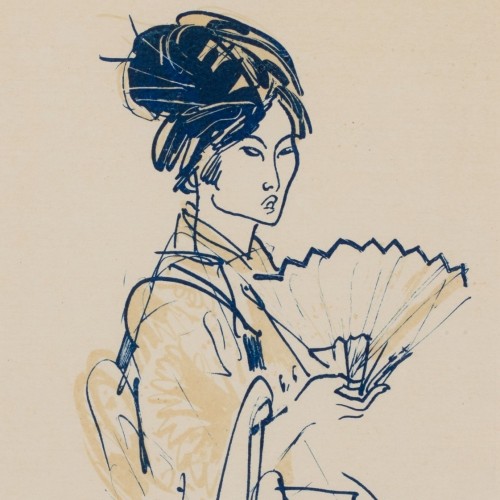
Japanese Woman with a Fan
1965. Lithography Vm 21 x 12 cm (framed)
GRAPHICS AND DRAWINGS - Monday, May 16th 18:00 Haus Gallery 16.05.2022
1 100
Final price: 2 100
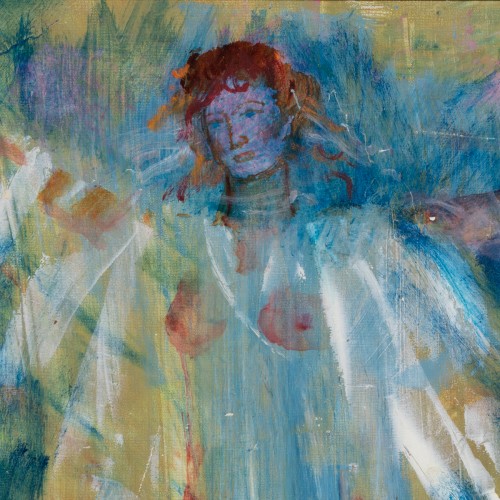
Dancer
1994. Oil, acrylic, cardboard 31 x 23 cm (framed)
MODERN ART CLASSICS - Sunday, May 15th 15:00 Haus Gallery 15.05.2022
1 900
Final price: 5 300
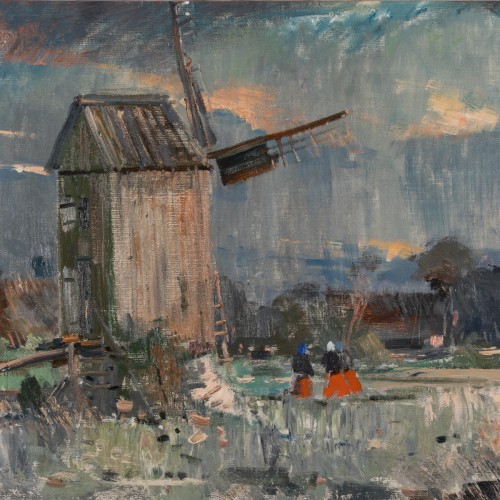
Evening at Soonda Village
1960. Oil, canvas 65 x 100 cm (framed)
EARLIER ART CLASSICS - Saturday, May 14th 15:00 Haus Gallery 14.05.2022
5 900
Final price: 20 100
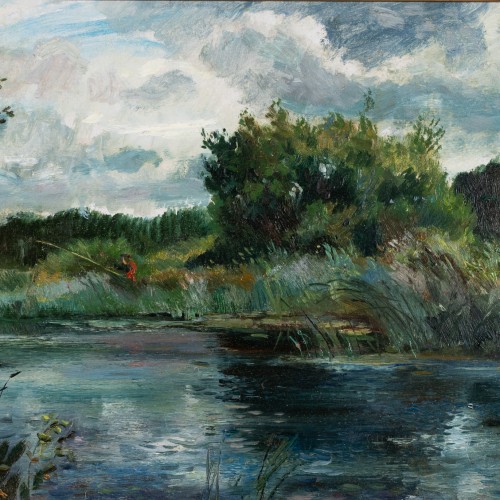
A Fisherman by The River
1952. Oil, cardboard 34.5 x 50 cm (framed)
EARLIER ART CLASSICS - Saturday, May 14th 15:00 Haus Gallery 14.05.2022
3 800
Final price: 13 200
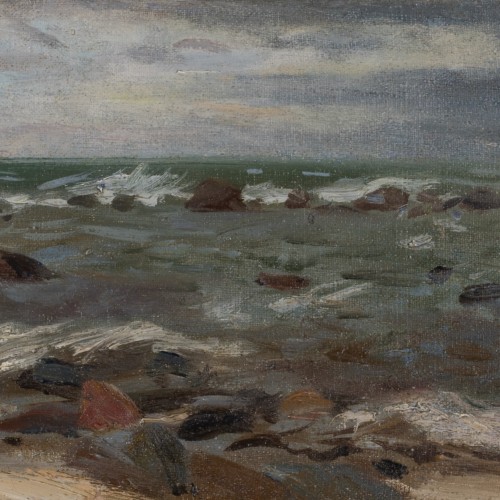
Autumnal Sea (Vääna-Jõesuu)
1947. Oil, canvas 18 x 37.2 cm (framed)
EARLIER ART CLASSICS - Saturday, May 14th 15:00 Haus Gallery 14.05.2022
2 100
Final price: 10 600
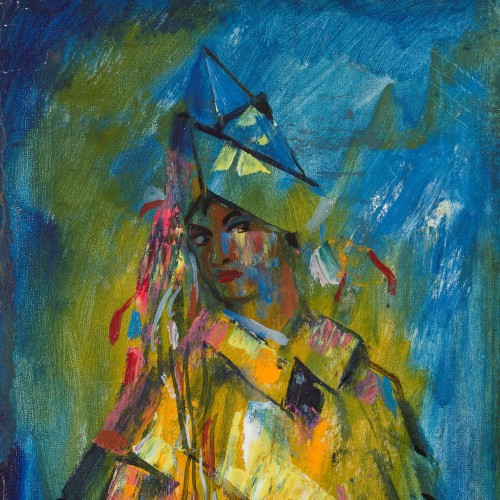
At the Masquerade
1994. Oil, cardboard 50 x 25 cm (framed)
ESTONIAN MODERN ART CLASSICS AUCTION - FALL 2021 Haus Gallery 13.11.2021
3 600
Final price: 9 500
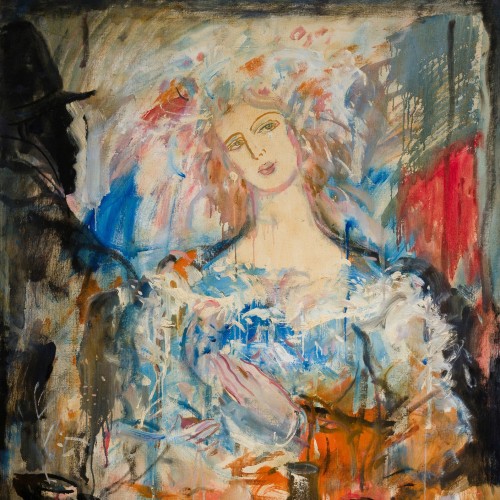
Woman and Man
1990. Oil, canvas 130 x 97 cm (framed)
ESTONIAN MODERN ART CLASSICS AUCTION - FALL 2021 Haus Gallery 13.11.2021
16 000
Final price: 18 500
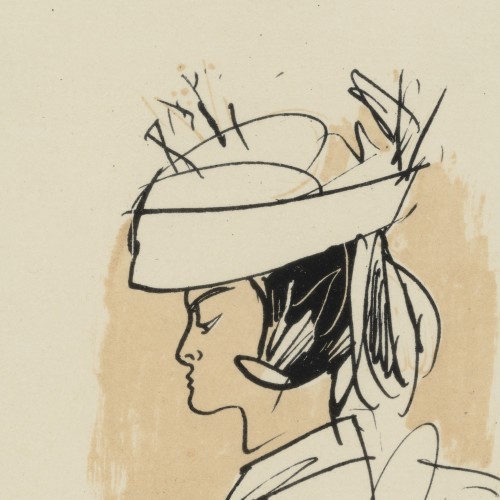
Japanese Woman 1/40
1965. Lithograph Vm 21 x 12 cm (framed)
ESTONIAN GRAPHIC ART AND DRAWINGS AUCTION - FALL 2021 Haus Gallery 10.11.2021
700
Final price: 5 300
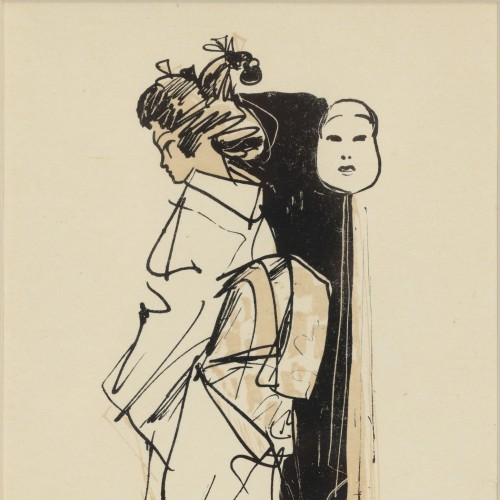
Japanese Woman With Mask 13/40
1965. Lithograph Vm 21 x 12 cm (framed)
ESTONIAN GRAPHIC ART AND DRAWINGS AUCTION - FALL 2021 Haus Gallery 10.11.2021
700
Final price: 5 000
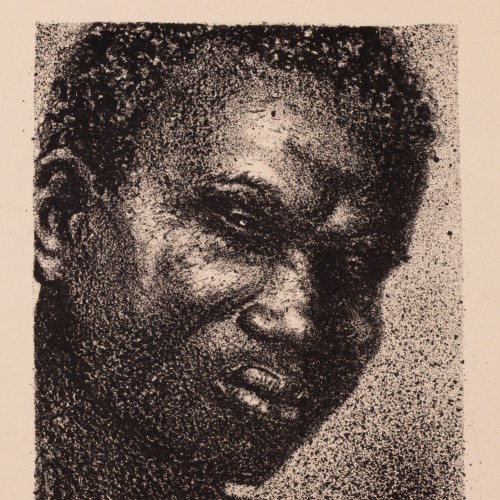
Portrait of a Black Man
1958. Lithography Km 19 x 13.6 cm (framed)
ESTONIAN GRAPHIC ART AND DRAWINGS AUCTION - FALL 2021 Haus Gallery 10.11.2021
1 500
Final price: 1 800
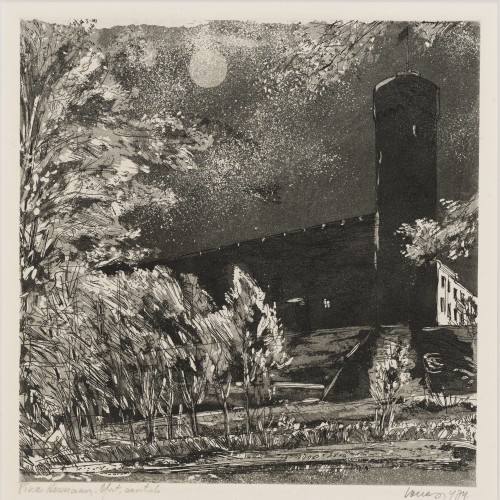
Tall Hermann
1974. Eau forte, aquatint Plm 30 x 29.6 cm (framed)
ESTONIAN GRAPHIC ART AND DRAWINGS AUCTION - FALL 2021 Haus Gallery 10.11.2021
900
Final price: 950
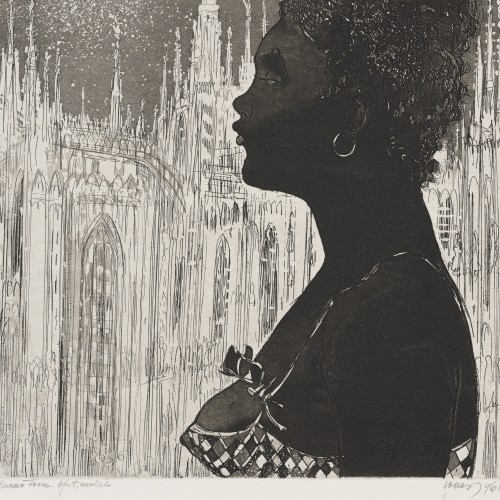
Milan Cathedral
1961. Eau forte, aquatint Plm 32 x 35.4 cm (framed)
ESTONIAN GRAPHIC ART AND DRAWINGS AUCTION - FALL 2021 Haus Gallery 10.11.2021
1 400
Final price: 4 600
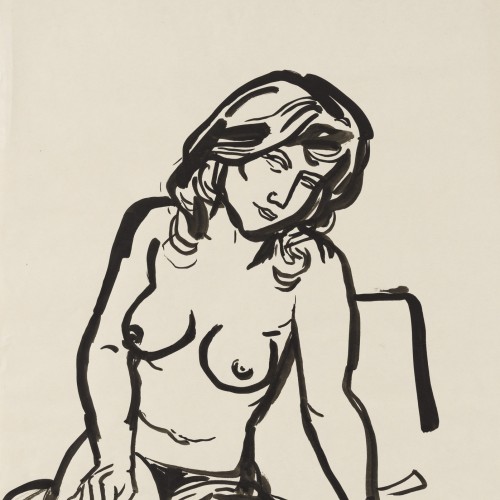
Leaning Nude
1976. Ink, paper Km 45.5 x 36 cm (framed)
ESTONIAN GRAPHIC ART AND DRAWINGS AUCTION - FALL 2021 Haus Gallery 10.11.2021
1 800
Final price: 1 800
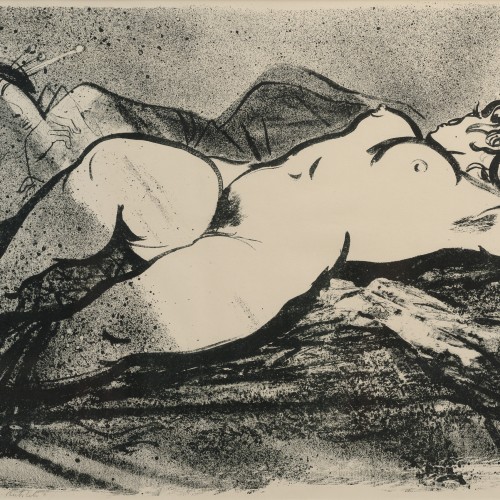
Nude With Japanese Woman
1965. Autolithography Km 37 x 52.2 cm (framed)
ESTONIAN GRAPHIC ART AND DRAWINGS AUCTION - FALL 2021 Haus Gallery 10.11.2021
1 100
Final price: 5 000
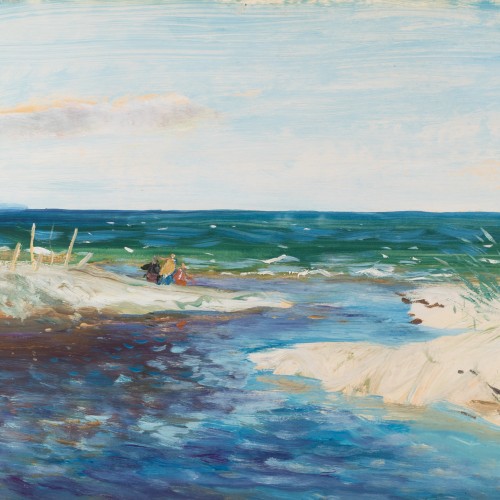
Seashore
1946. Oil, paper Lm 36.7 x 51 cm (framed)
ESTONIAN EARLIER ART CLASSICS AUCTION - FALL 2021 Haus Gallery 06.11.2021
3 400
Final price: 10 200
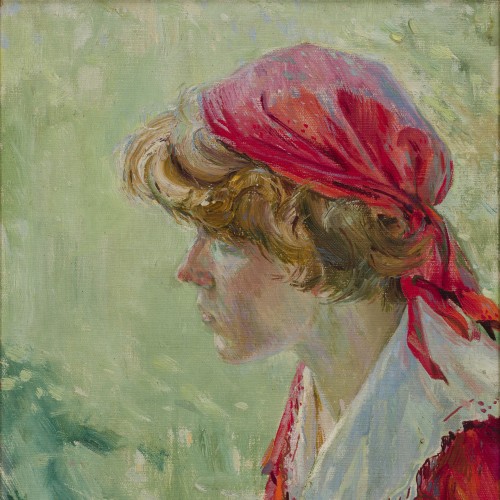
Girl with a Red Scarf
1957. Oil, canvas 46 x 38 cm (framed)
ESTONIAN EARLIER ART CLASSICS AUCTION - FALL 2021 Haus Gallery 06.11.2021
3 500
Final price: 4 100
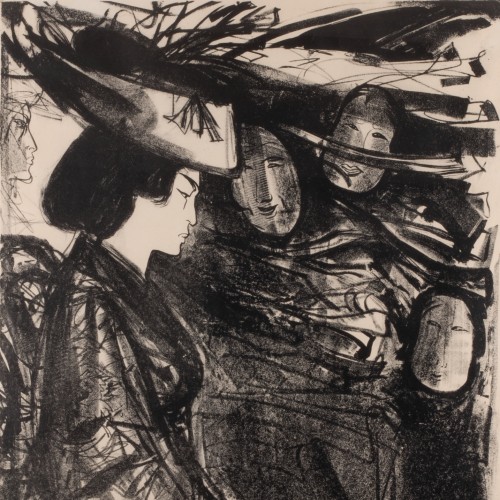
Japanese Woman With Masks
1965. Litography Km 82 x 60 cm (framed)
EESTI MOODSA KUNSTI KLASSIKA OKSJON Haus Gallery 08.05.2021
4 200
Final price: 12 100
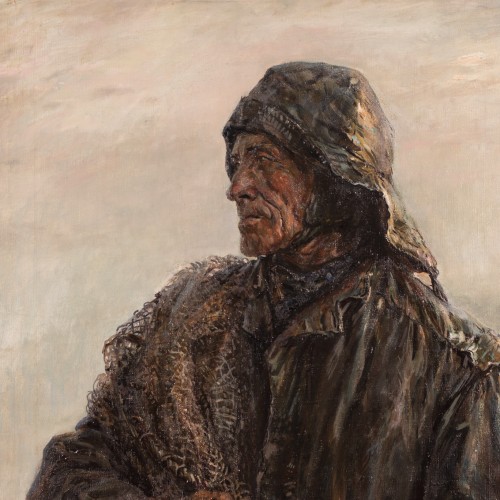
Old Fisherman
1955. Oil, canvas 87 x 90 cm (framed)
EESTI VANEMA KUNSTI KLASSIKA OKSJON Haus Gallery 07.05.2021
38 000
Final price: 58 000
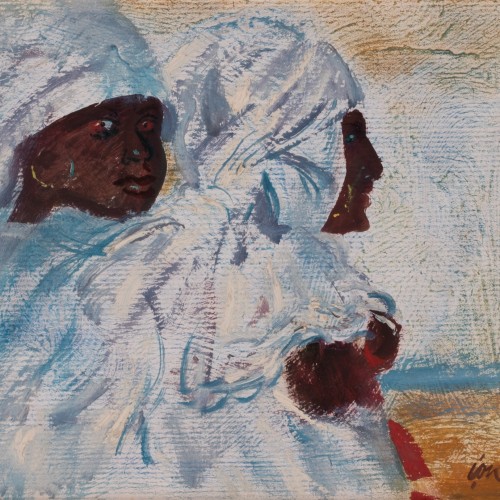
Africans
1998. Oil, cardboard 26.5 x 32.3 cm (framed)
EESTI VANEMA KUNSTI KLASSIKA OKSJON Haus Gallery 07.05.2021
2 300
Final price: 14 100
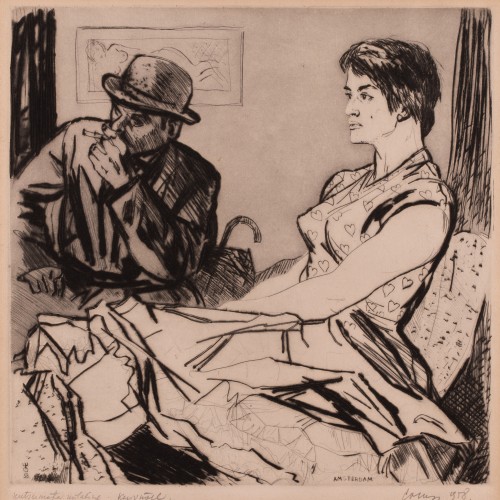
Uninvited Guest
1958. Drypoint Plm 24 x 24.2 cm (framed)
EESTI VANEMA KUNSTI KLASSIKA OKSJON Haus Gallery 07.05.2021
900
Final price: 4 200
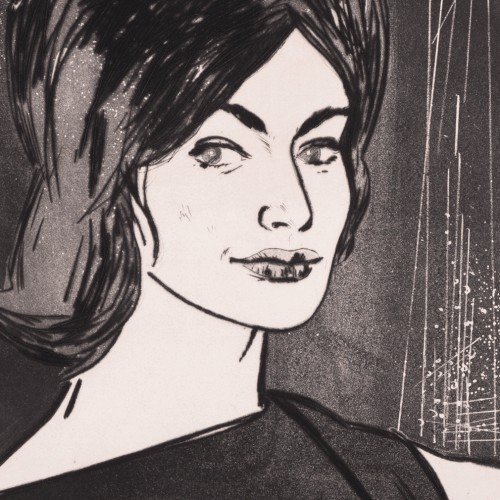
Marianne
1962. Drypoint, aquatint Plm 49.5 x 32 cm (framed)
AUTUMN 2020 Haus Gallery 30.10.2020
700
Final price: 4 500
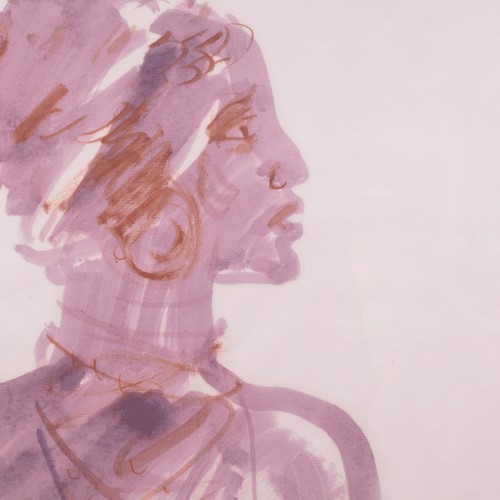
African Woman
1991. Watercolour Lm 63 x 49 cm (framed)
AUTUMN 2020 Haus Gallery 30.10.2020
1 400
Final price: 2 800
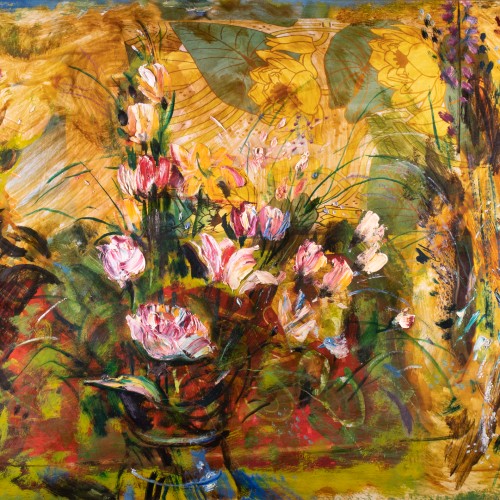
Lilled vaasis
1995. Oil, collage, cardboard 59.5 x 83.5 cm (framed)
SPRING 2020 Haus Gallery 15.05.2020
1 800
Final price: 5 100
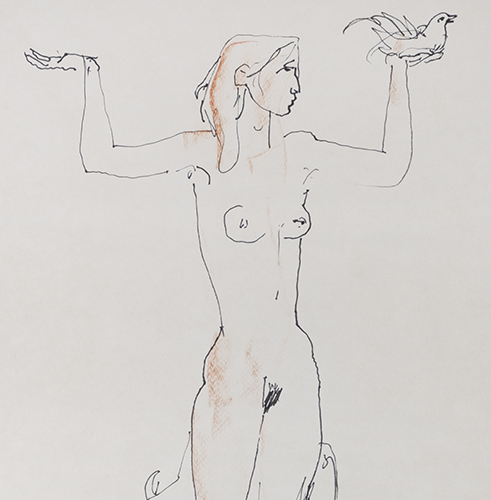
Naine tuviga
1994. Felt tip pen, sanguine, paper lm 65 x 50 cm (framed)
HAUS GALLERY'S AUTUMN AUCTION 2019 Haus Gallery 04.10.2019-31.10.2019
1 200
Final price: 1 300
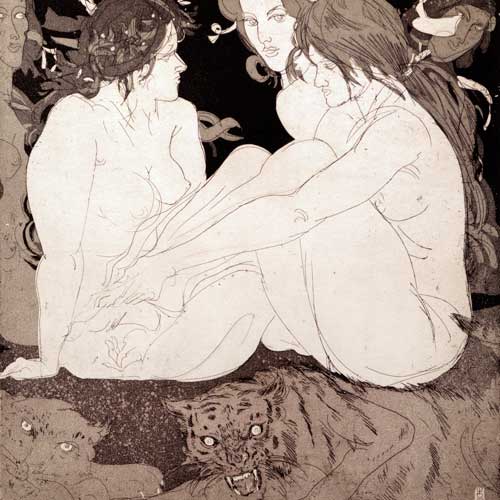
Naised ja tiigrid
1972. etching, aquatint plm 36 x 32 cm (framed)
Haus Gallery's spring auction Haus Gallery 25.04.2019
800
Final price: 1 350
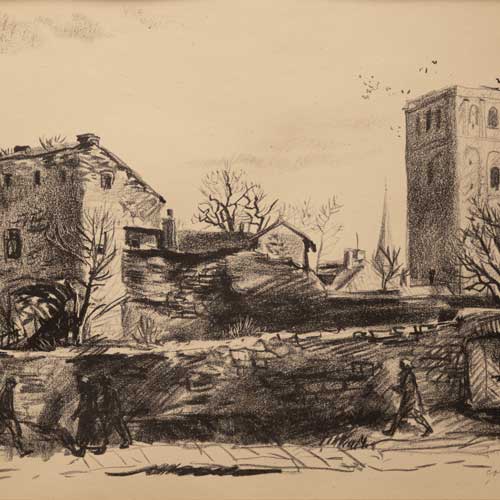
Tallinna vaade
1946. Autolitography km 31 x 41.5 cm (framed)
Haus Gallery's Autumn Auction Haus Gallery 01.11.2018
550
Final price: 550
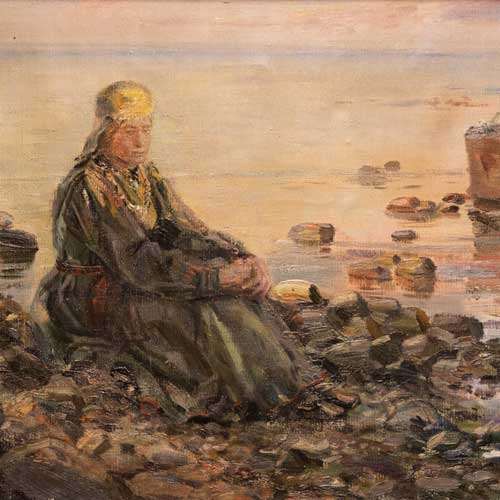
Õhtu rannal
1955. Oil, canvas 48.5 x 79.5 cm (framed)
Haus Gallery's Autumn Auction Haus Gallery 01.11.2018
4 200
Final price: 4 200
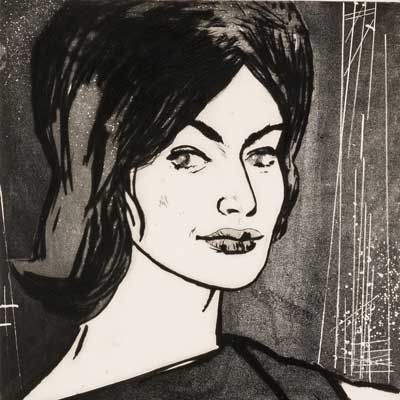
Marianne
1962. Drypoint, aquatinta 49.5 x 31.7 cm (framed)
Haus Gallery's spring auction Haus Gallery 27.04.2018
800
Final price: 1 600
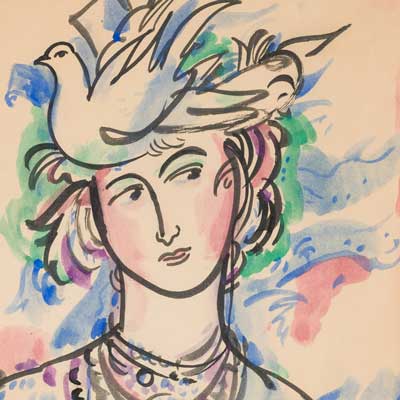
Poolakt tuviga
1975. Ink, watercolor, paper Vm 67.5 x 41 cm (framed)
Haus Gallery's spring auction Haus Gallery 27.04.2018
2 800
Final price:
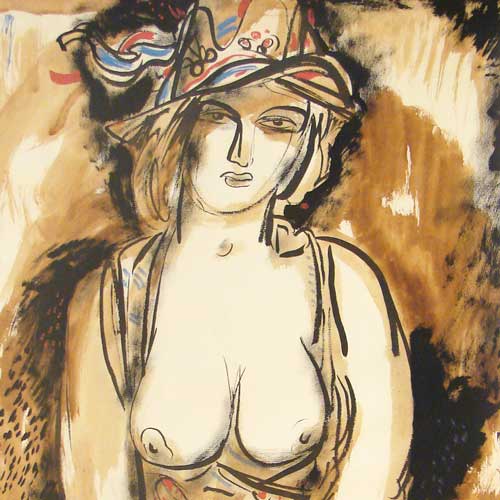
Daam kübaraga
1991. lm 100 x 75 cm (framed)
Haus Gallery's anniversary auction Haus Gallery 03.11.2017
2 100
Final price: 2 100
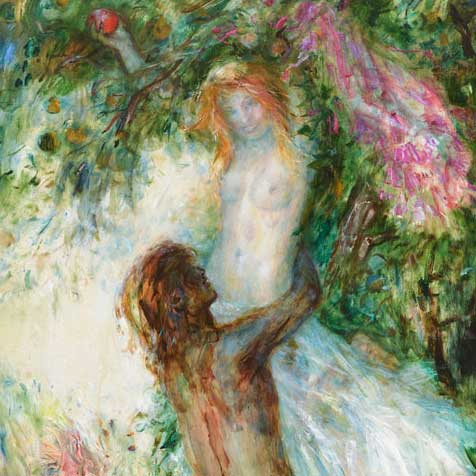
Punane õun
2001. oil on board 90 x 65 cm (framed)
HAUS GALLERY XL AUCTION, AUTUMN 2016. Haus Gallery 28.10.2016
3 400
Final price:
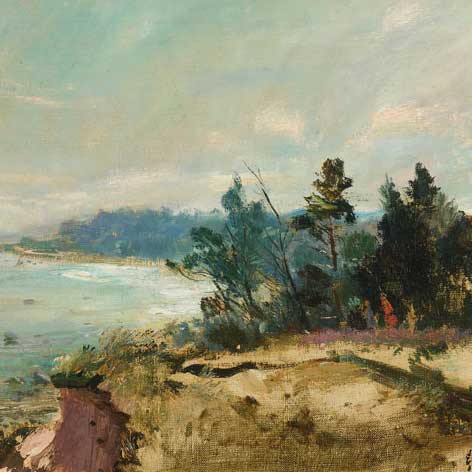
Vääna motiiv (Põhja - Eesti rannik)
1954. oil on canvas 31.3 x 46.7 cm (framed)
HAUS GALLERY XL AUCTION, AUTUMN 2016. Haus Gallery 28.10.2016
1 900
Final price:
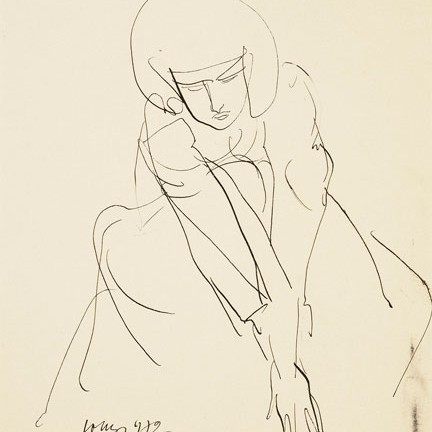
Istuv naine
1972. ink on paper vm 20 x 18.5 cm (framed)
HAUS GALLERY XXXIX AUCTION 2016 spring Haus Gallery 30.03.2016
350
Final price:
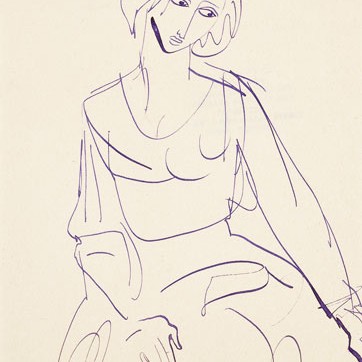
Mõtlik naine
1972. ink on paper vm 18.5 x 14.2 cm (framed)
HAUS GALLERY XXXIX AUCTION 2016 spring Haus Gallery 30.03.2016
350
Final price:
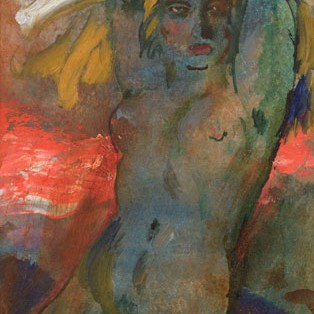
Loojuv päike
1994. oil on cardboard 25 x 17.4 cm (framed)
HAUS GALLERY XXXVII AUCTION 2015 SPRING Haus Gallery 06.04.2015
550
Final price:
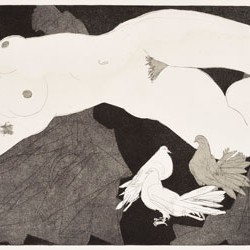
Naine tuvidega
1972. eau forte, aquatint plm 33 x 64.5 cm (framed)
HAUS GALLERY XXXVII AUCTION 2015 SPRING Haus Gallery 06.04.2015
650
Final price:
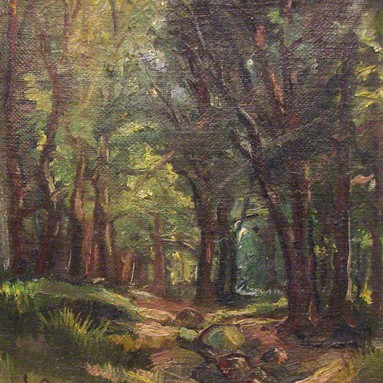
Metsatee
1939. oil, canvas 30 x 24.5 cm (framed)
HAUS GALLERY XXXVI ART AUCTION. 2014 autumn Haus Gallery 06.10.2014
800
Final price: 800
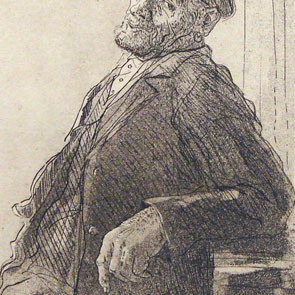
Kapten
1957. eau forte plm 23.8 x 14.5 cm (framed)
Haus Gallery 25.10.2013
550
Final price: 550
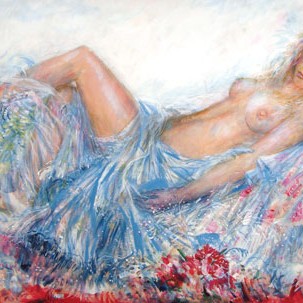
Hommikul
2003. oil on canvas 72 x 112 cm (framed)
Haus Gallery 28.03.2013
2 500
Final price:
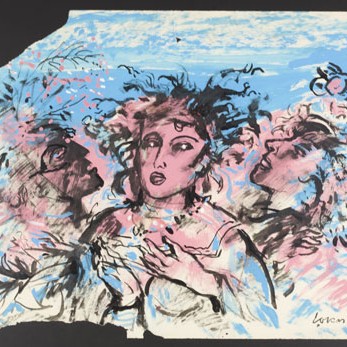
Muusad
2002. gouache, ink km 61.5 x 84 cm (framed)
Haus Gallery 26.10.2012
1 600
Final price:
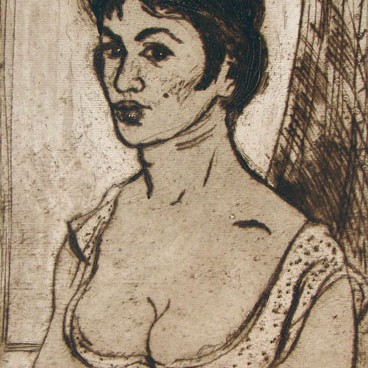
Neiu Rotterdamist
1958. etching plm 31 x 24 cm (framed)
HAUS GALLERY XXXI ART AUCTION. 2012 spring Haus Gallery 20.04.2012
735
Final price:
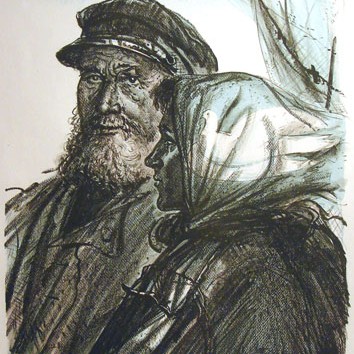
Vana kalur tütrega
1958. litograph km 63 x 47 cm (framed)
HAUS GALLERY XXXI ART AUCTION. 2012 spring Haus Gallery 20.04.2012
1 340
Final price:
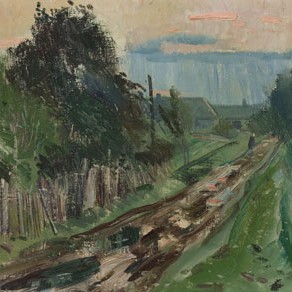
Peale vihma (Tori)
1957. oil on canvas 38.5 x 61 cm (framed)
HAUS GALLERY XXX ART AUCTION 2011 autumn Haus Gallery 14.10.2011
2 380
Final price:
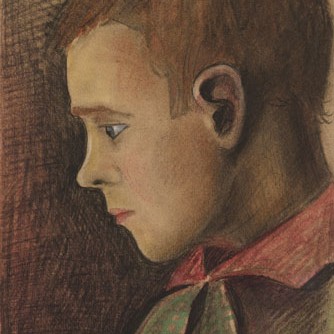
Poisi portree
1931. mixed media km 33 x 23.5 cm (framed)
HAUS GALLERY XXX ART AUCTION 2011 autumn Haus Gallery 14.10.2011
2 660
Final price:
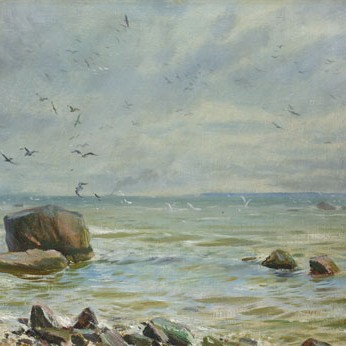
Sadu
1953. Oil, canvas 52 x 70 cm (framed)
HAUS GALLERY XXX ART AUCTION 2011 autumn Haus Gallery 14.10.2011
2 810
Final price: 2 810
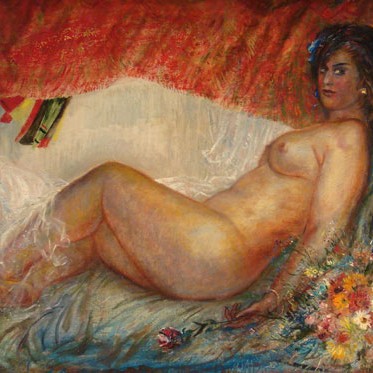
Akt lilledega
1998. oil on canvas 81 x 100 cm (framed)
Haus Gallery 02.05.2011-04.05.2011
2 950
Final price: 4 710
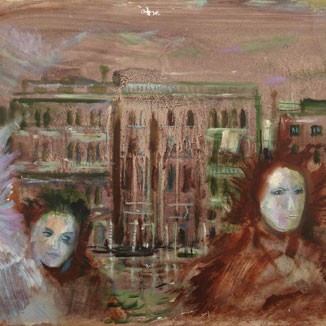
Kolm naist Veneetsia karnevalil
1994. oil on cardboard 33 x 48 cm (framed)
Haus Gallery 02.05.2011-04.05.2011
2 875
Final price:
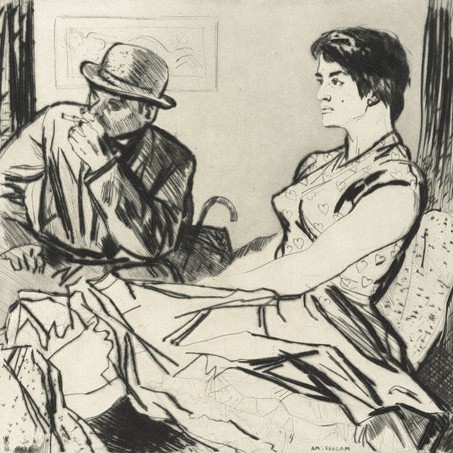
Kutsumata külaline
1958. dry point plm 24 x 24 cm (framed)
Haus Gallery 02.05.2011-04.05.2011
625
Final price:
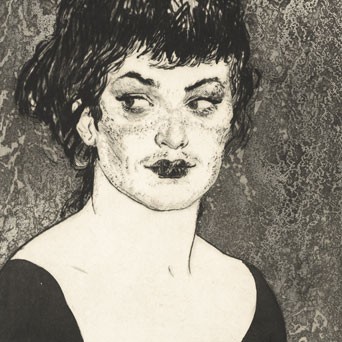
Tantsijatar Haagist
1958. dry point, aquatint plm 40.3 x 29.5 cm (framed)
Haus Gallery 02.05.2011-04.05.2011
715
Final price:

Vaskna järv
1959. oil on canvas 65 x 100 cm (framed)
Haus Gallery 08.11.2010-10.11.2010
3 068
Final price:
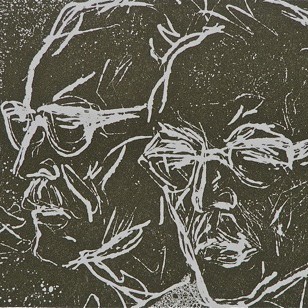
Friedebert Tuglas
1971. litograph km 8.7 x 13.2 cm (framed)
Haus Gallery 01.10.2010-10.10.2010
128
Final price: 128
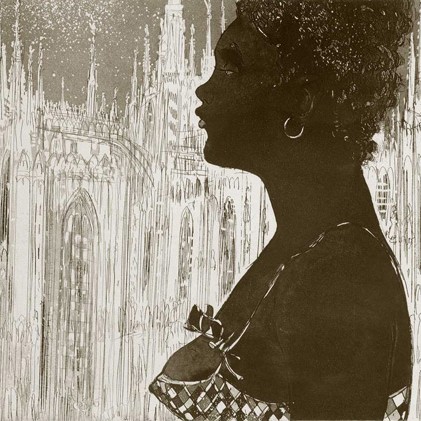
Milaano Toom
1961. etching, aquatint plm 31.8 x 35.4 cm (framed)
HAUS GALLERY XXVI ART AUCTION 2010 spring Haus Gallery 15.04.2010
575
Final price: 607
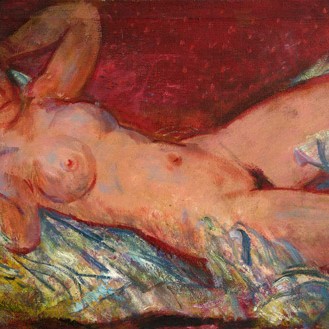
Naisakt punasel taustal
1994. oil on canvas 49 x 69.5 cm (framed)
HAUS GALLERY XXVI ART AUCTION 2010 spring Haus Gallery 15.04.2010
3 004
Final price:
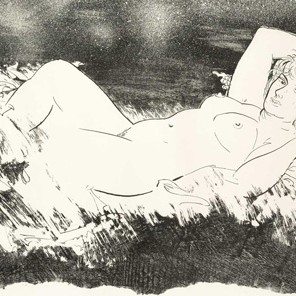
In Summer
1986. Lithograph 14/25 Km 42 x 67.5 cm (framed)
HAUS GALLERY XXVI ART AUCTION 2010 spring Haus Gallery 15.04.2010
767
Final price:
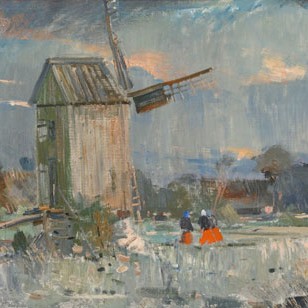
Õhtune Soonda küla
1960. oil on canvas 65 x 100 cm (framed)
HAUS GALLERY XXV ART AUCTION 2009 autumn Haus Gallery 27.10.2009
3 323
Final price:

Vaskna järv
1959. oil on canvas 65 x 100 cm (framed)
HAUS GALLERY XXV ART AUCTION 2009 autumn Haus Gallery 27.10.2009
3 771
Final price:
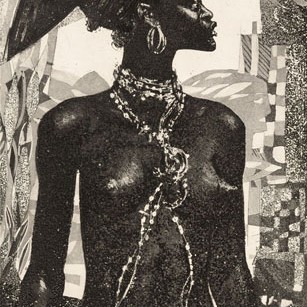
Neegertantsijanna (sarjast "Pariis")
1962. drypoint, aquatint plm 48.5 x 31.8 cm (framed)
HAUS GALLERY XXV ART AUCTION 2009 autumn Haus Gallery 27.10.2009
639
Final price: 959
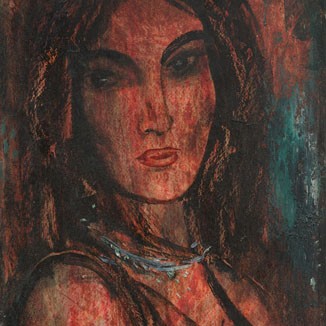
Naine lokaalist
1967. oil on cardboard 50 x 35 cm (framed)
HAUS GALLERY XXV ART AUCTION 2009 autumn Haus Gallery 27.10.2009
2 812
Final price:
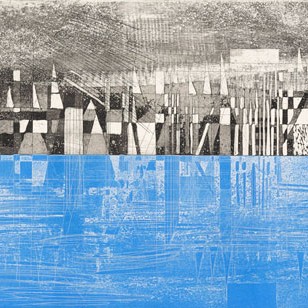
Linn mere ääres
1968. etching, aquatint plm 32 x 48.7 cm (framed)
HAUS GALLERY XXV ART AUCTION 2009 autumn Haus Gallery 27.10.2009
767
Final price:
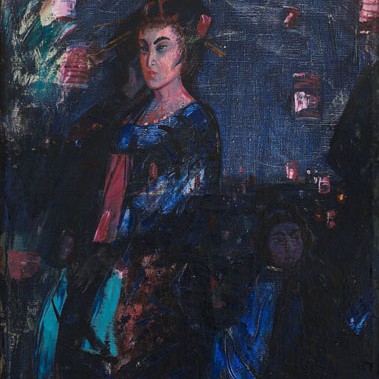
Geiša
1963. oil on canvas 73 x 59 cm (framed)
HAUS GALLERY XXIV ART AUCTION 2009 spring Haus Gallery 28.04.2009
4 026
Final price:
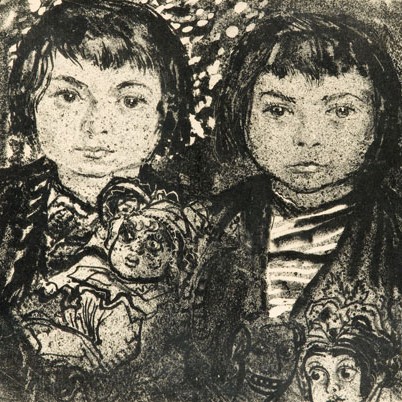
Lapsed
1960. litograph km 18.5 x 21.2 cm (framed)
HAUS GALLERY XXIV ART AUCTION 2009 spring Haus Gallery 28.04.2009
447
Final price: 447
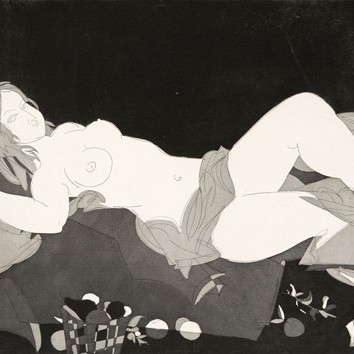
Noorus
1971. Plm 49 x 64.5 cm (not framed)
HAUS GALLERY XXIII ART AUCTION 2008 autumn. Old Masters Graphics and Drawings Haus Gallery 28.10.2008
639
Final price: 639
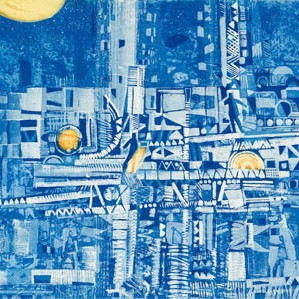
Konstruktsioonid
1968. aquatint. etching Plm 31.8 x 49.8 cm (not framed)
HAUS GALLERY XXIII ART AUCTION 2008 autumn. Old Masters Graphics and Drawings Haus Gallery 28.10.2008
575
Final price: 959
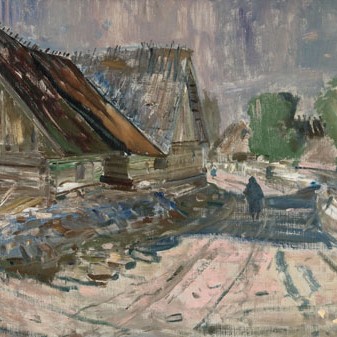
Külatänav Muhus
1960. oil, canvas 71.5 x 99.5 cm (framed)
HAUS GALLERY XXIII ART AUCTION 2008 autumn. Old Masters Paintings Haus Gallery 01.10.2008
3 579
Final price:
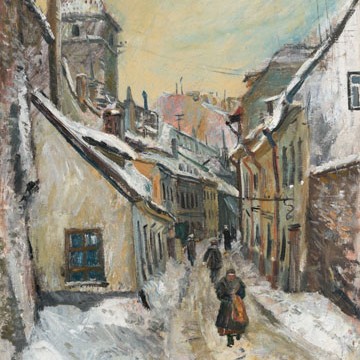
Tänav Tallinnas
1946. 73.5 x 56.3 cm (not framed)
HAUS GALLERY XXIII ART AUCTION 2008 autumn. Old Masters Paintings Haus Gallery 01.10.2008
3 387
Final price: 4 218

Purjekas merel
1953. 50 x 67 cm (framed)
HAUS GALLERY XXII ART AUCTION 2008 spring. Old Masters Paintings Haus Gallery 22.04.2008
3 771
Final price: 3 771
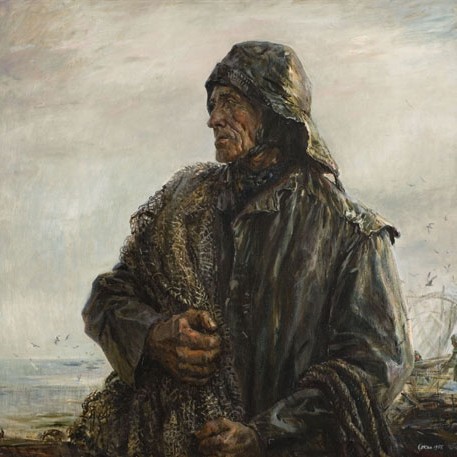
Vana kalur
1955. 87 x 90 cm (framed)
HAUS GALLERY XXII ART AUCTION 2008 spring. Old Masters Paintings Haus Gallery 22.04.2008
7 669
Final price: 22 561
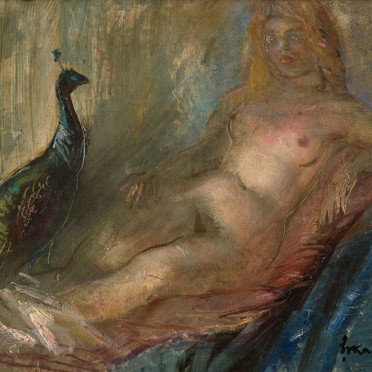
Naine paabulinnuga
1939. Oil, plywood 30.3 x 38.2 cm (framed)
HAUS GALLERY XX ART AUCTION, 2007 spring Old Masters Paintings Haus Gallery 15.04.2007-24.04.2007
1 150
Final price: 1 214
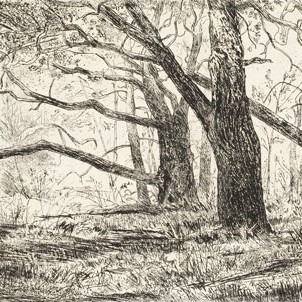
Tammed
1958. Etching Plm 31 x 48.5 cm (framed)
HAUS GALLERY XX ART AUCTION 2007 spring. Old Masters Graphics and Drawings Haus Gallery 15.04.2007-23.04.2007
383
Final price: 1 374
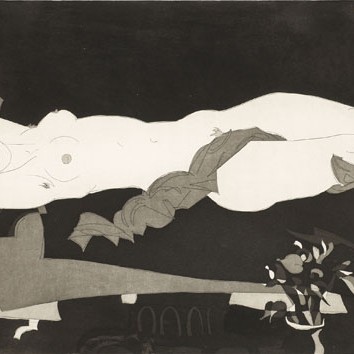
Rahu
1971. Etching, aquatint Plm 49 x 65 cm (framed)
HAUS GALLERY XX ART AUCTION 2007 spring. Old Masters Graphics and Drawings Haus Gallery 15.04.2007-23.04.2007
575
Final price: 1 662
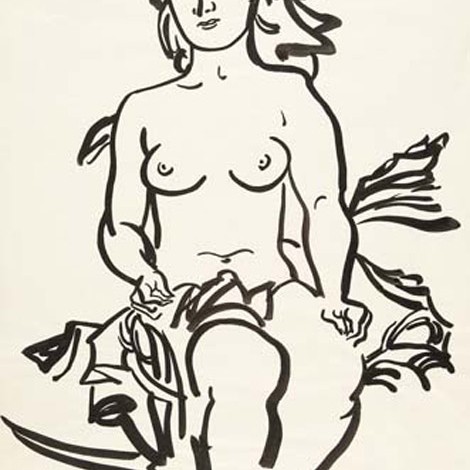
Akt I
1976. Ink drawing 60 x 42 cm (not framed)
CHARITY ART SALES 2006 Haus Gallery 23.11.2006-20.12.2006
575
Final price:
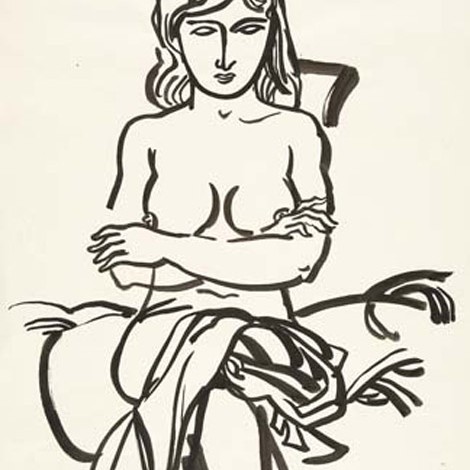
Akt II
1976. Ink drawing 60 x 42 cm (not framed)
CHARITY ART SALES 2006 Haus Gallery 23.11.2006-20.12.2006
575
Final price:
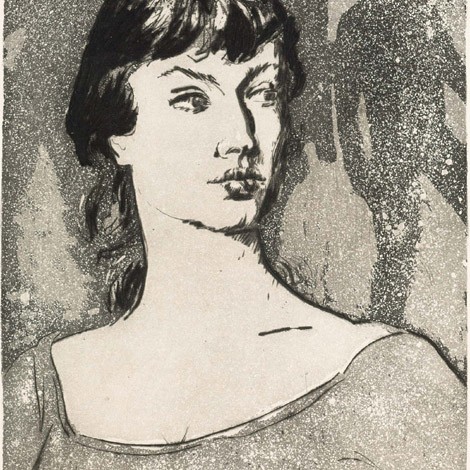
Neiu Brüsselist
1958. Dry point, aquatint Plm 34 x 24 cm
HAUS GALLERY XIX ART AUCTION, 2006 autumn. Old Masters Graphics and Drawings Haus Gallery 24.10.2006
320
Final price: 1 023
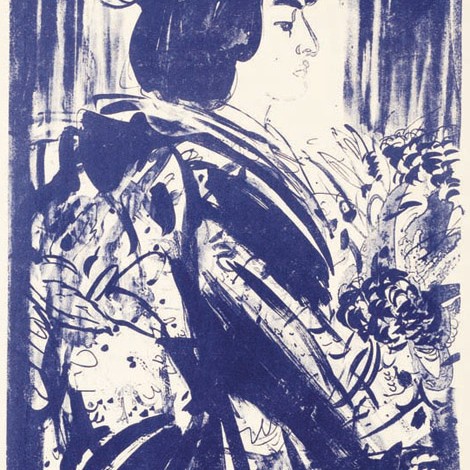
Jaapanlanna
1964. Autolitho Km. 40 x 26 cm
HAUS GALLERY XIX ART AUCTION, 2006 autumn. Old Masters Graphics and Drawings Haus Gallery 24.10.2006
447
Final price: 1 118
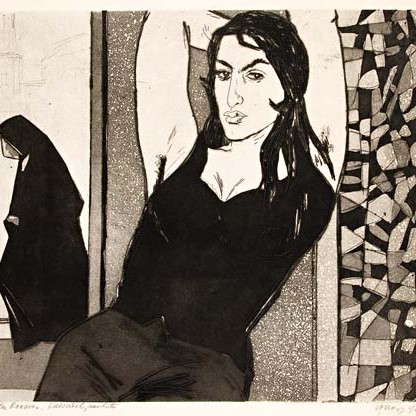
Õhtu Roomas
1961. Dry point, aquatint Plm 31 x 35 cm (not framed)
HAUS GALLERY XVIII ART AUCTION, 2006 spring. Old Masters Graphics and Drawing Haus Gallery 20.04.2006
447
Final price: 735
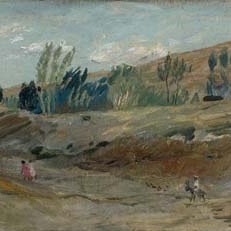
Armeenia maastik
1946. Oil on canvas 28 x 58 cm
HAUS GALLERY XVIth ART AUCTION, 2005 spring Haus Gallery 25.04.2005
1 150
Final price: 1 150
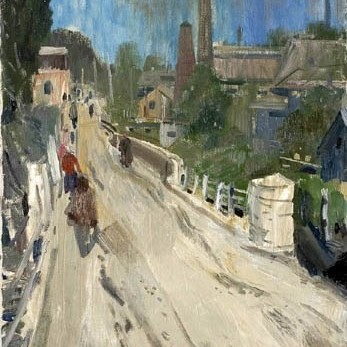
Vana Kunda
1958. Oil on canvas 81 x 60 cm
HAUS GALLERY XVth ART AUCTION, 2004 autumn Haus Gallery 21.10.2004
1 790
Final price: 1 790
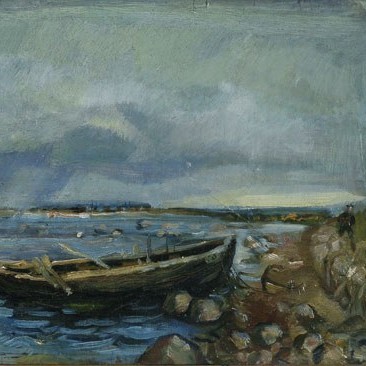
Kopli rand
1937. Oil on plywood 22, ? x 29 cm
HAUS GALLERY XIVth ART AUCTION, 2004 spring Haus Gallery 04.04.2004
831
Final price: 831
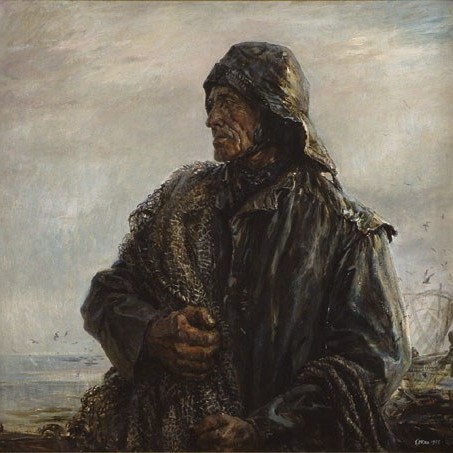
Vana kalur
1955. Oil on canvas 87 x 90 cm
HAUS GALLERY XIVth ART AUCTION, 2004 spring Haus Gallery 04.04.2004
3 323
Final price: 11 057
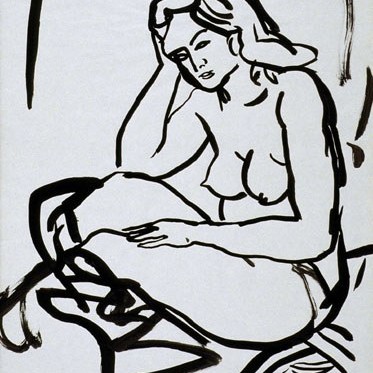
Akt
1976. Ink, paper Vm. 45 x 35 cm
HAUS GALLERY XIIIth ART AUCTION 2003 autumn Haus Gallery 23.10.2003
575
Final price:
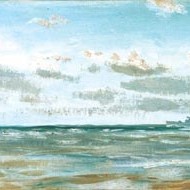
Balti merel
1953. Oil on canvas 20 x 50 cm
HAUS / XI AUCTION, 2002 autumn Haus Gallery 24.10.2002
831
Final price: 1 214
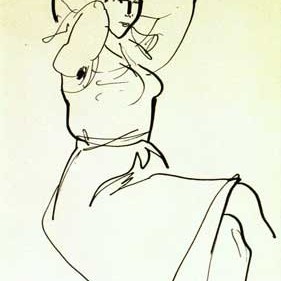
Hiiu naine
1968. Vm. 29 x 20 cm
HAUS / X AUCTION, 2002 spring Haus Gallery 09.05.2002
256
Final price:

Põllulilled
1956. 81 x 54 cm
HAUS / IX AUCTION, 2001 autumn Haus Gallery 20.10.2001
1 406
Final price: 1 406
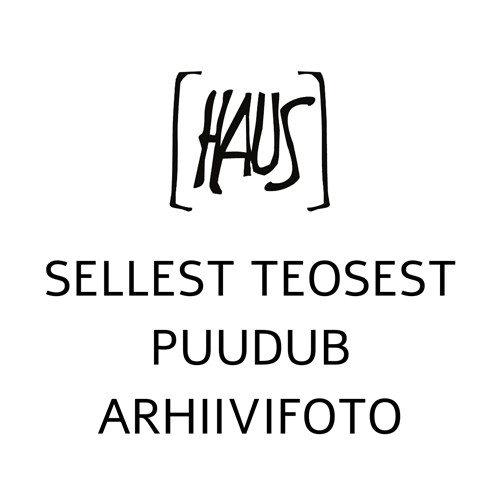
TÜDRUK LILLEDEGA
Undated. 100 x 65 cm (not framed)
HAUS / II AUCTION, 1998 spring Haus Gallery 25.05.1998
639
Final price: 639
Appearance in exhibitions

City X
1984. Lithography Km 44.3 x 64.7 cm (framed)
ESTONIAN ART CLASSICS AUCTION Haus Gallery 13.10.2024-06.11.2024
price: 2 400
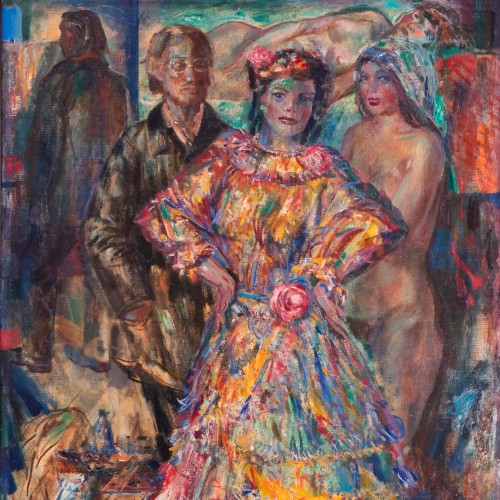
Models in the Studio
1985. Oil, canvas 100 x 73 cm (framed)
HAUS GALLERY Haus Gallery 08.03.2024
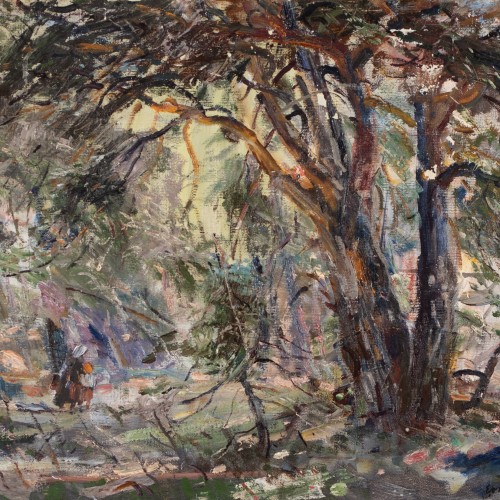
Forest Landscape
1958. Oil, canvas 53 x 64 cm (not framed)
HAUS GALLERY CONTINUES WITH THE EXHIBITION SERIES - COLLECTORS Haus Gallery 15.03.2023-02.04.2023
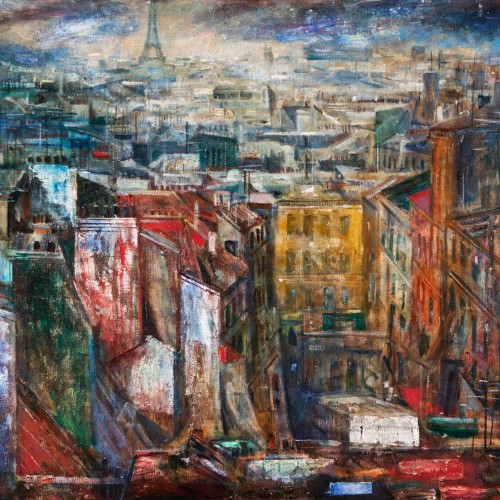
Paris
1982. Oil, canvas 81 x 100 cm (not framed)
HAUS GALLERY CONTINUES WITH THE EXHIBITION SERIES - COLLECTORS Haus Gallery 15.03.2023-02.04.2023
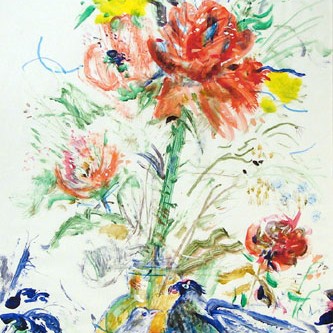
Sünnipäevalilled tuvidega
2007. acrylic, paper vm 70.7 x 50.7 cm (framed)
Haus 2 15.12.2009-01.02.2010
price: 1 470
